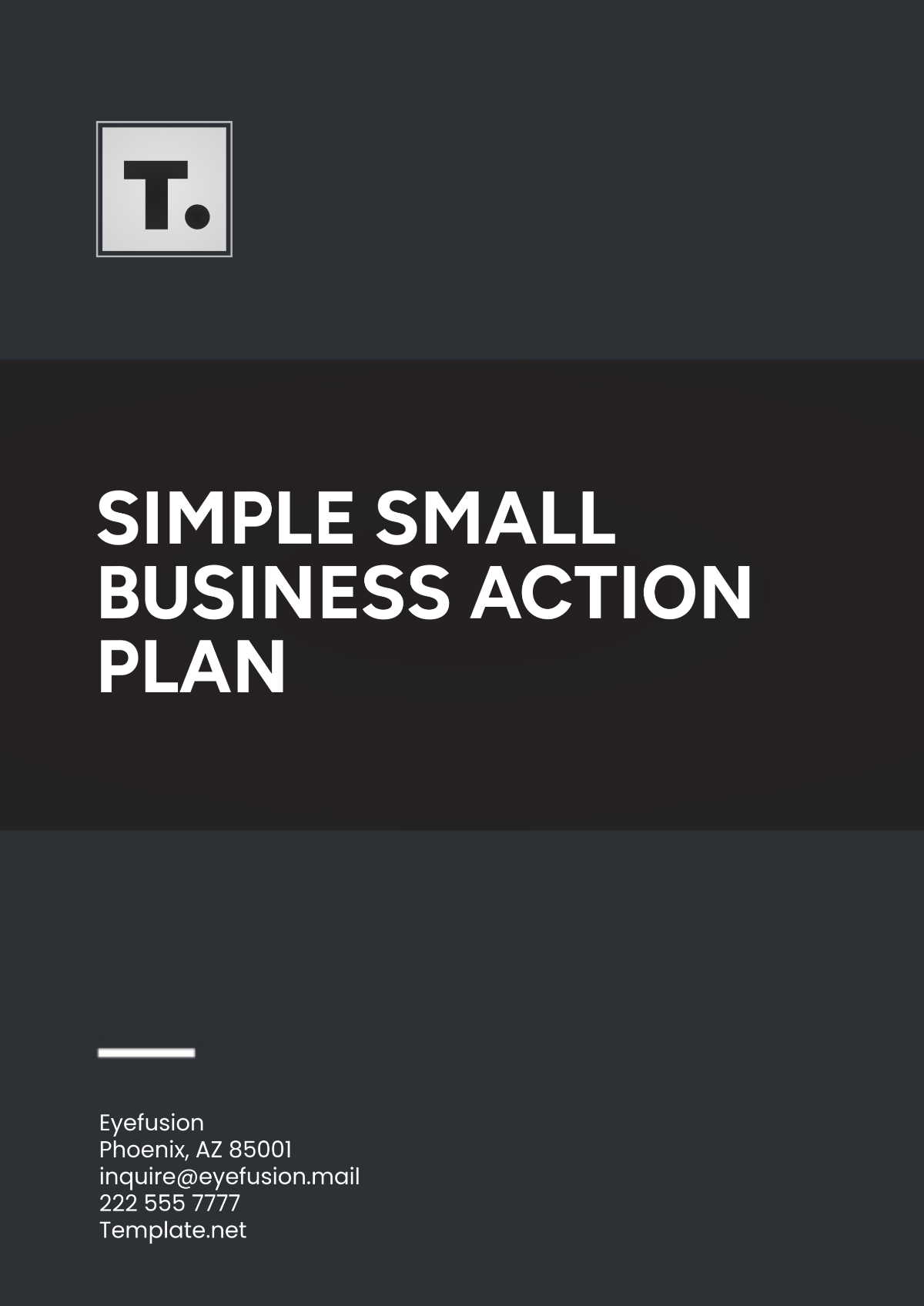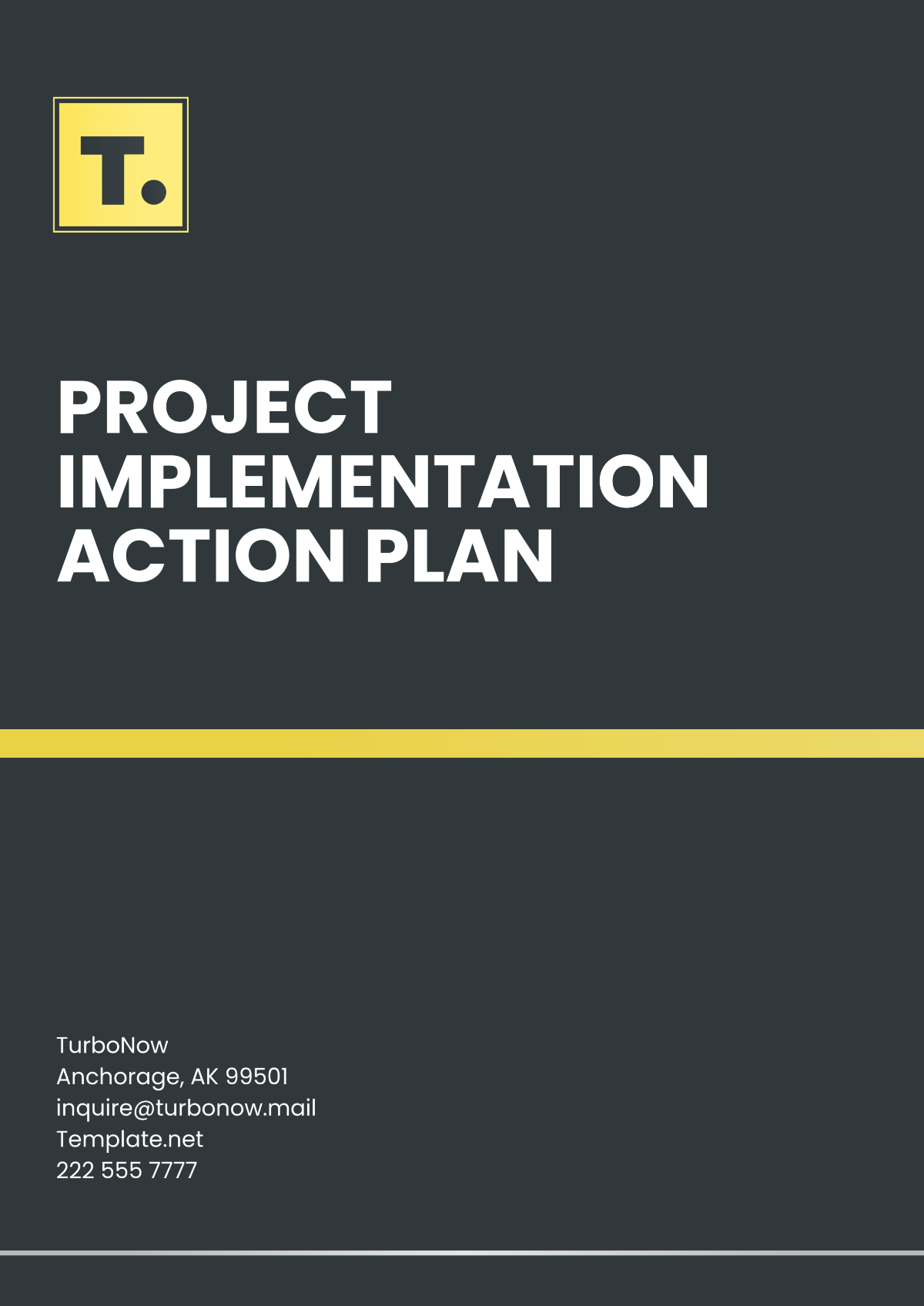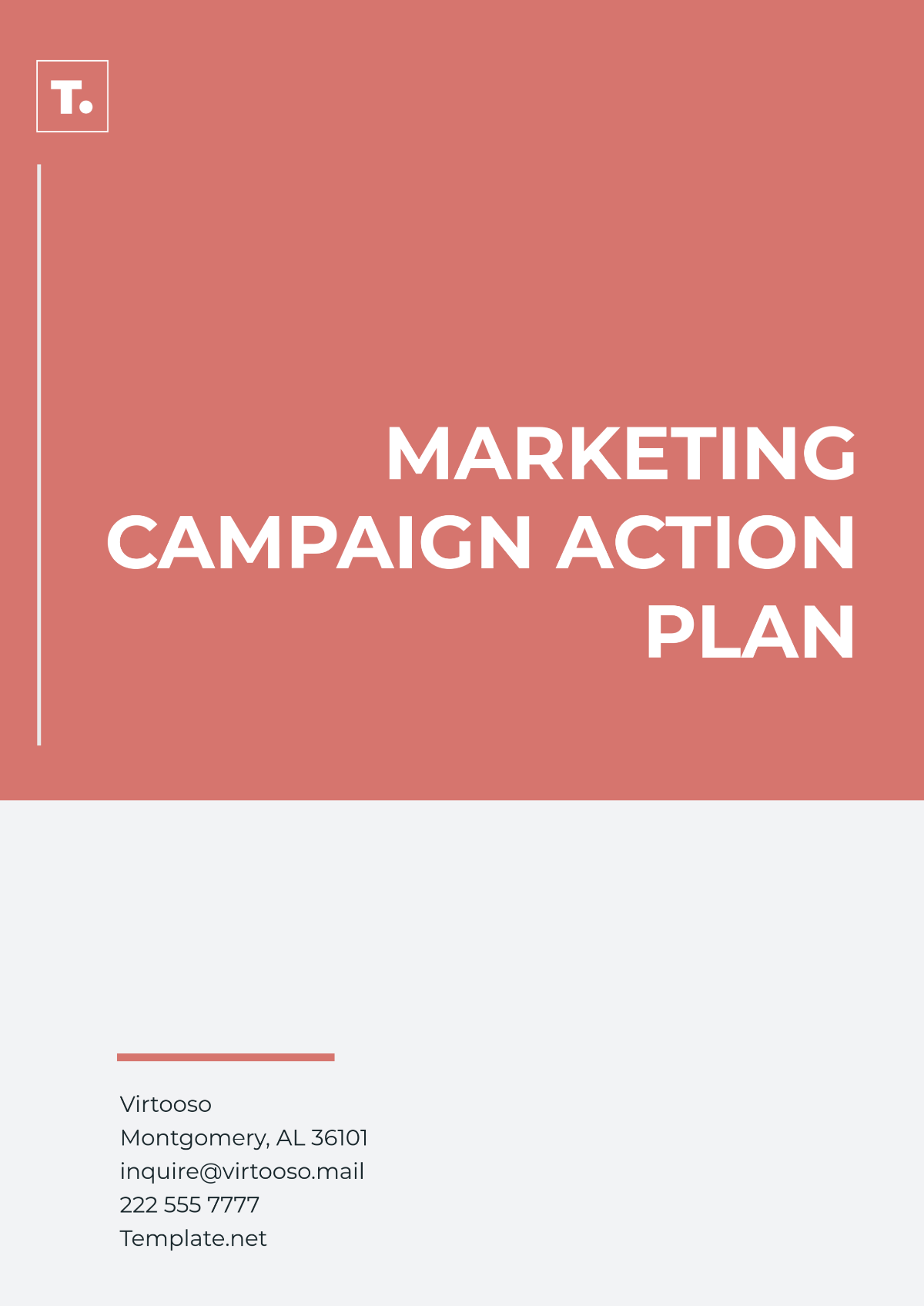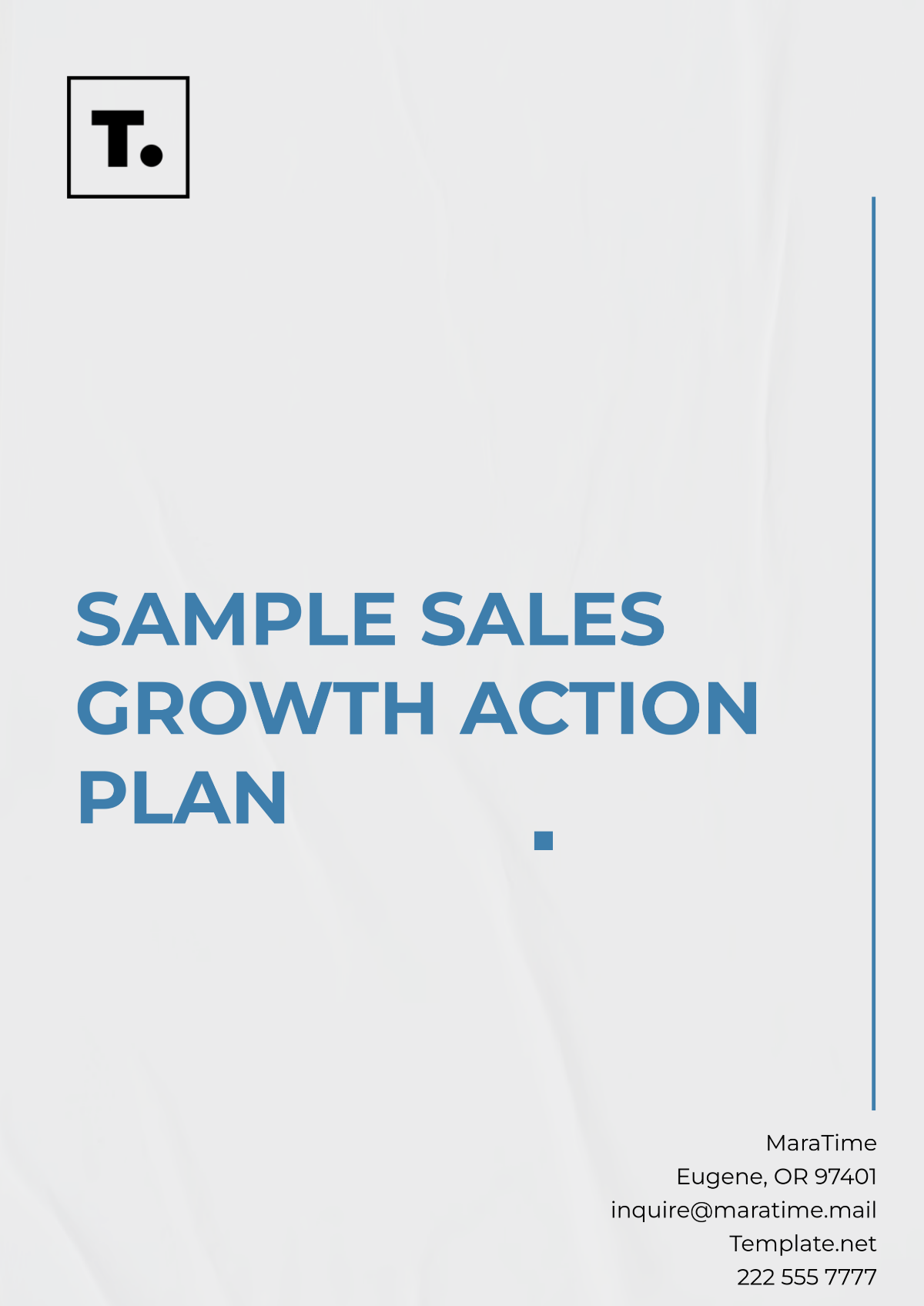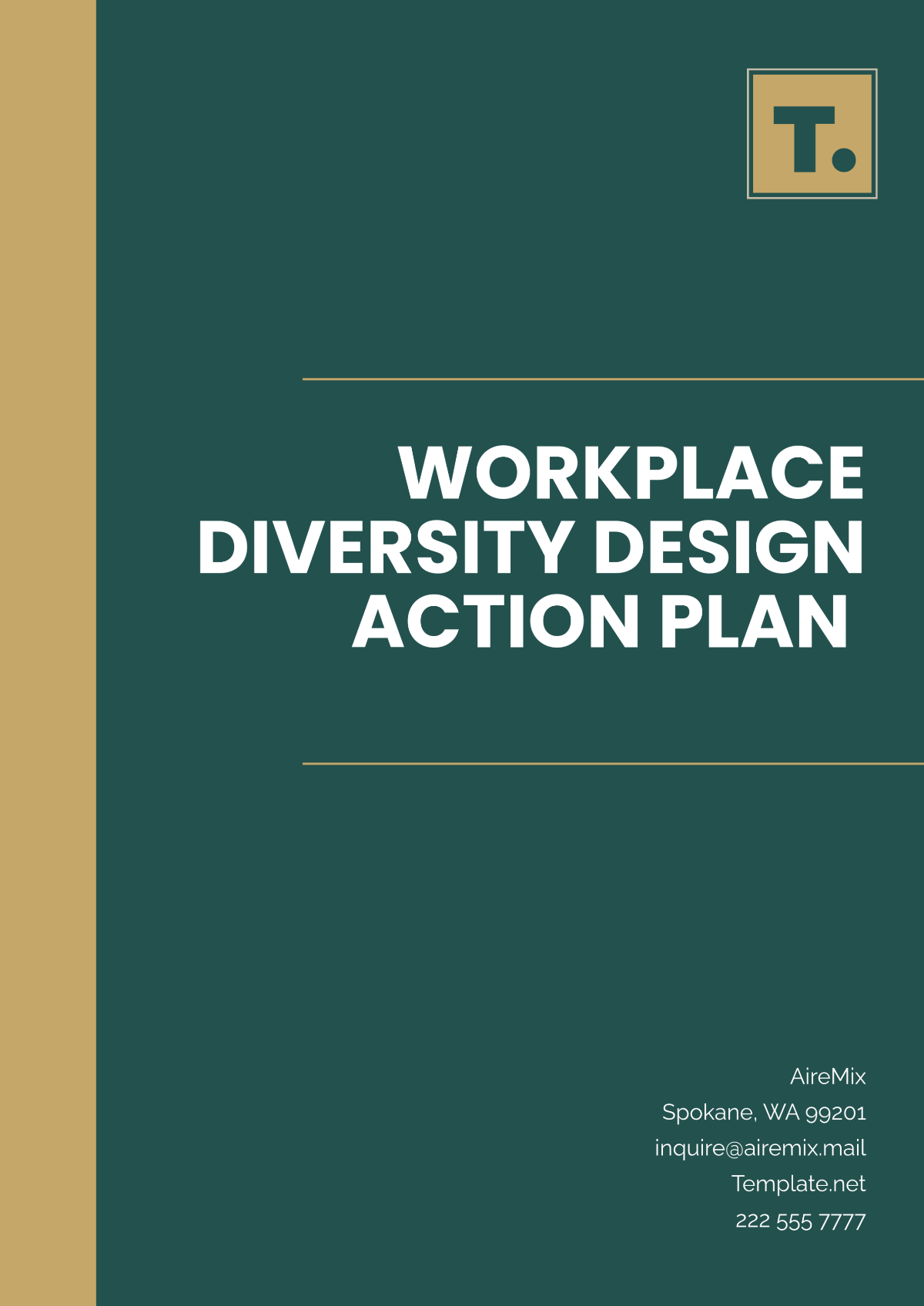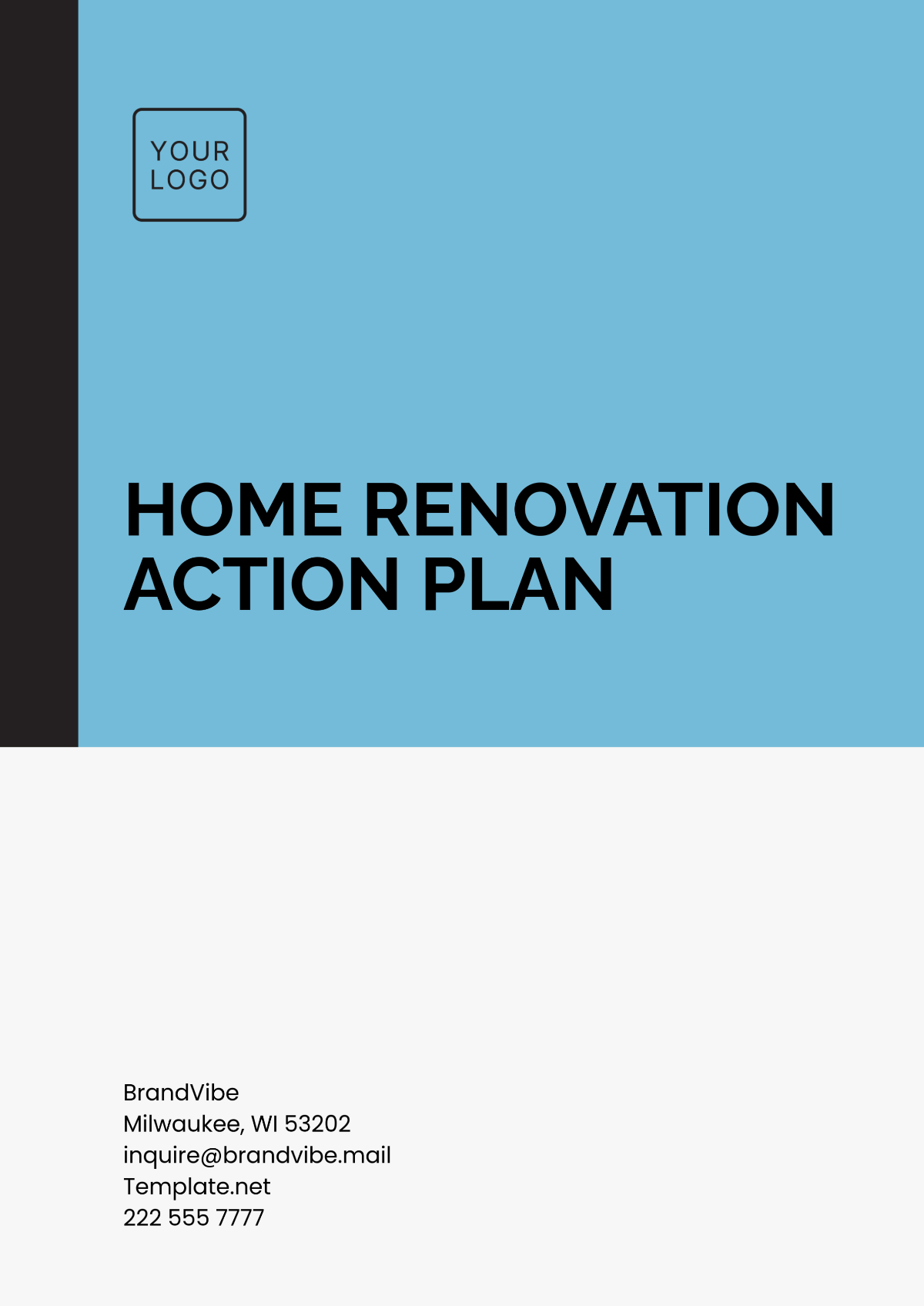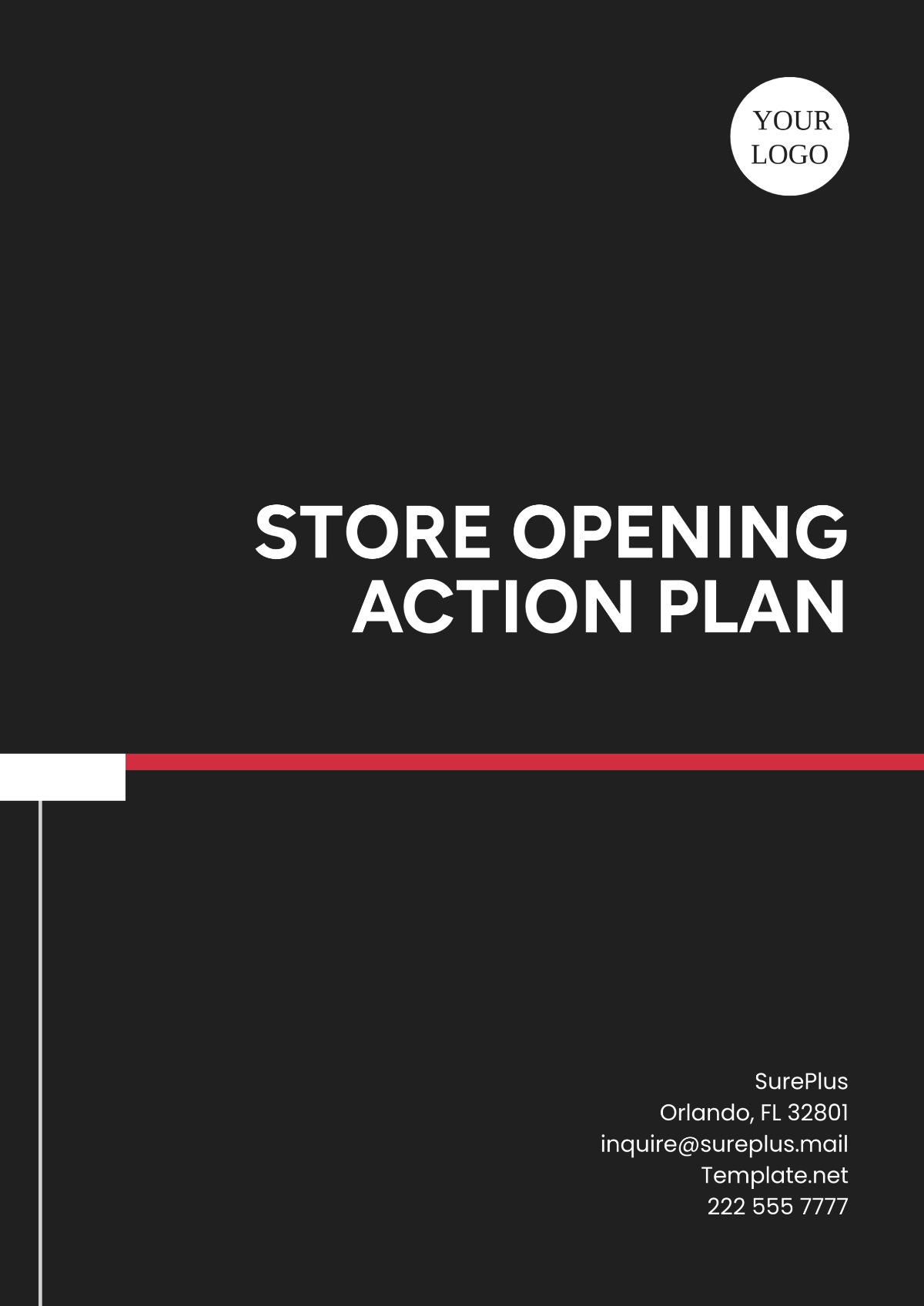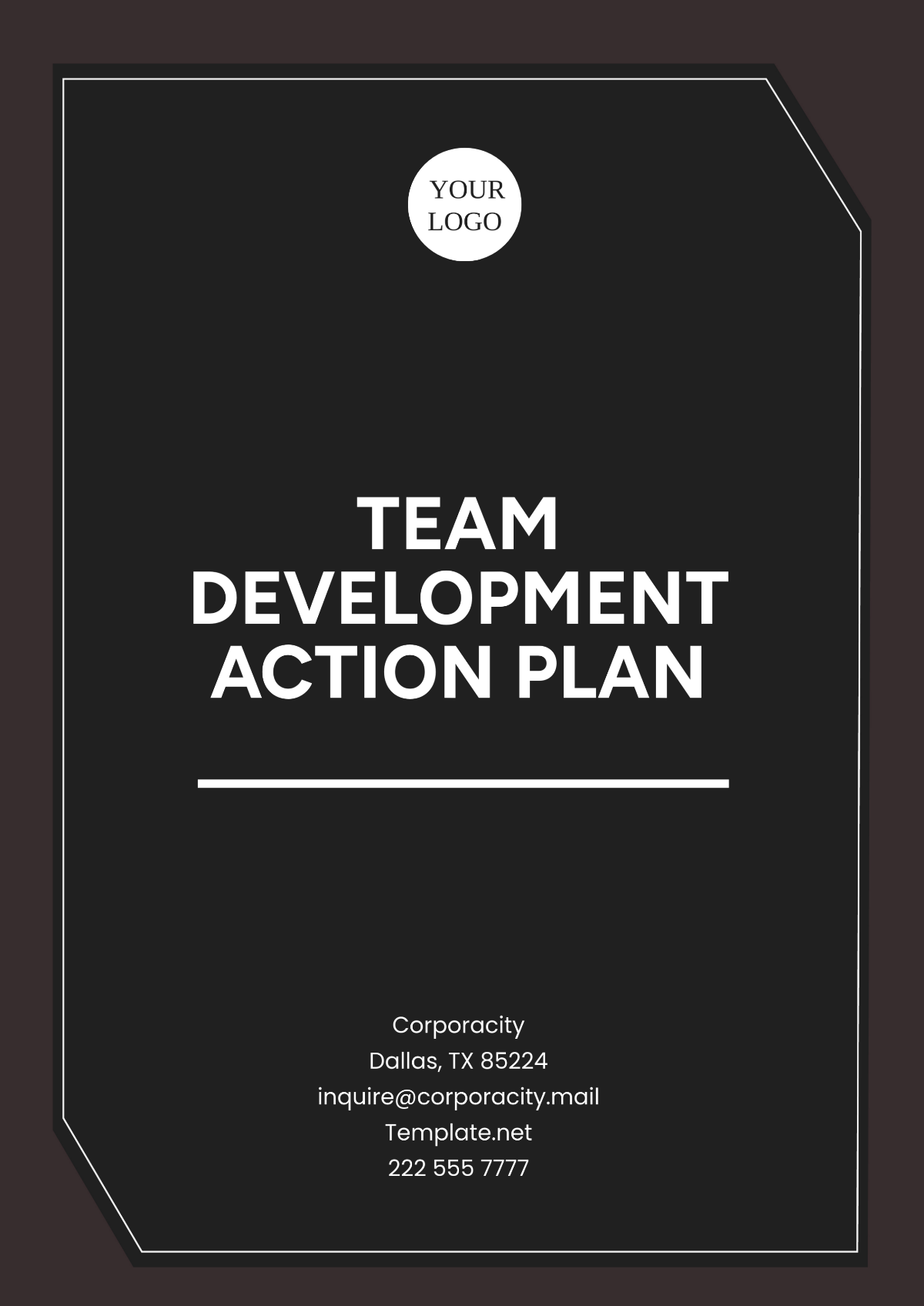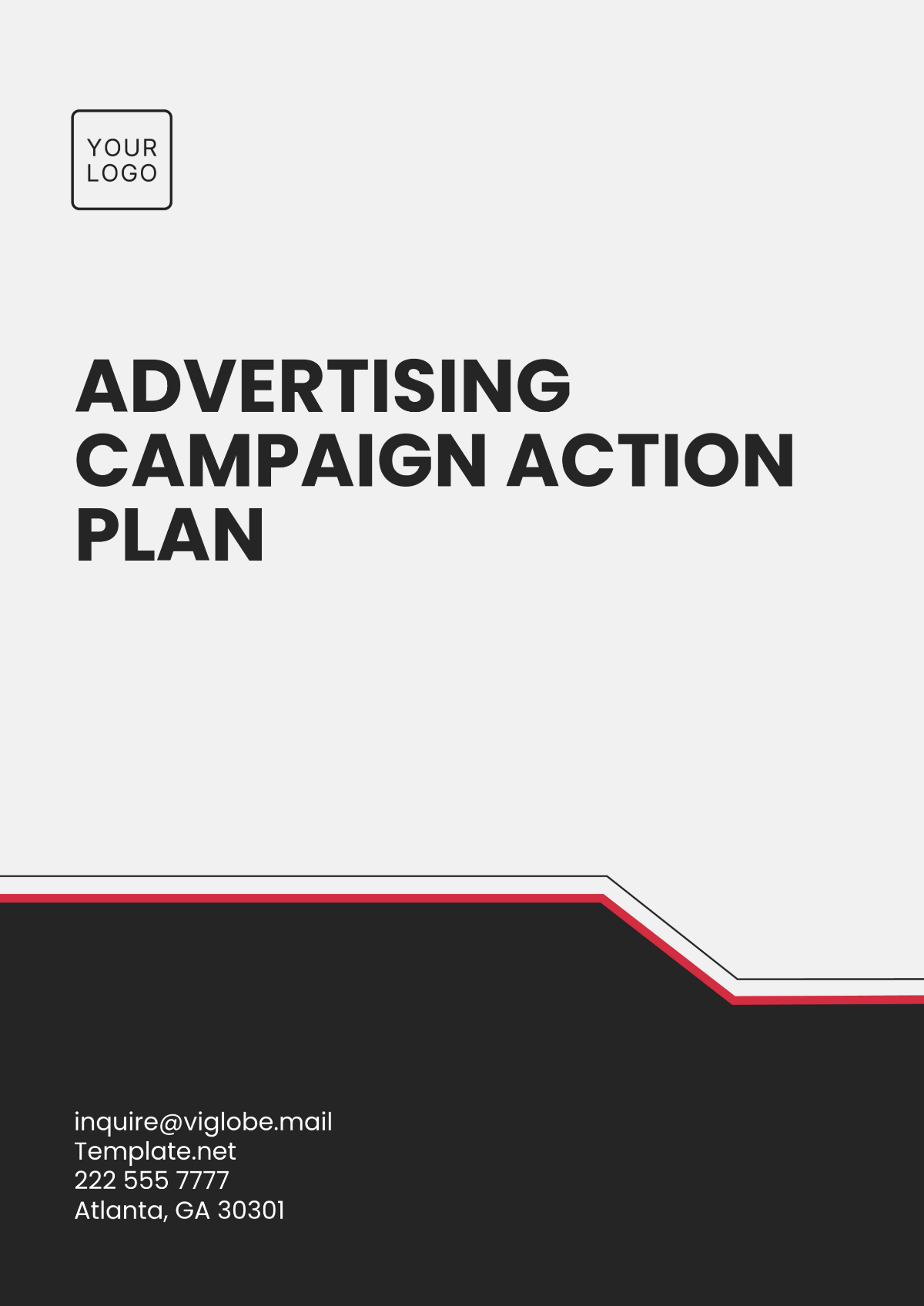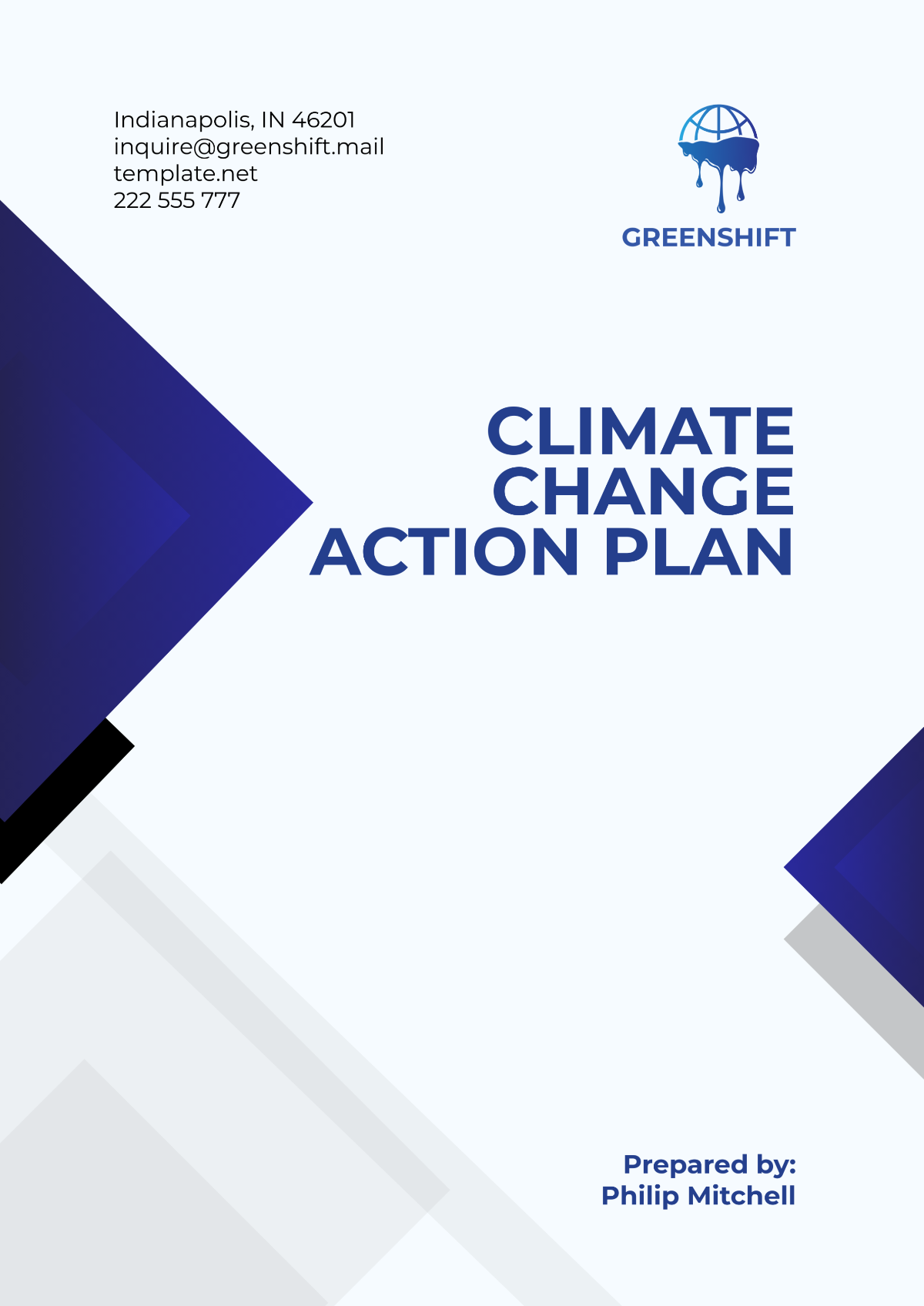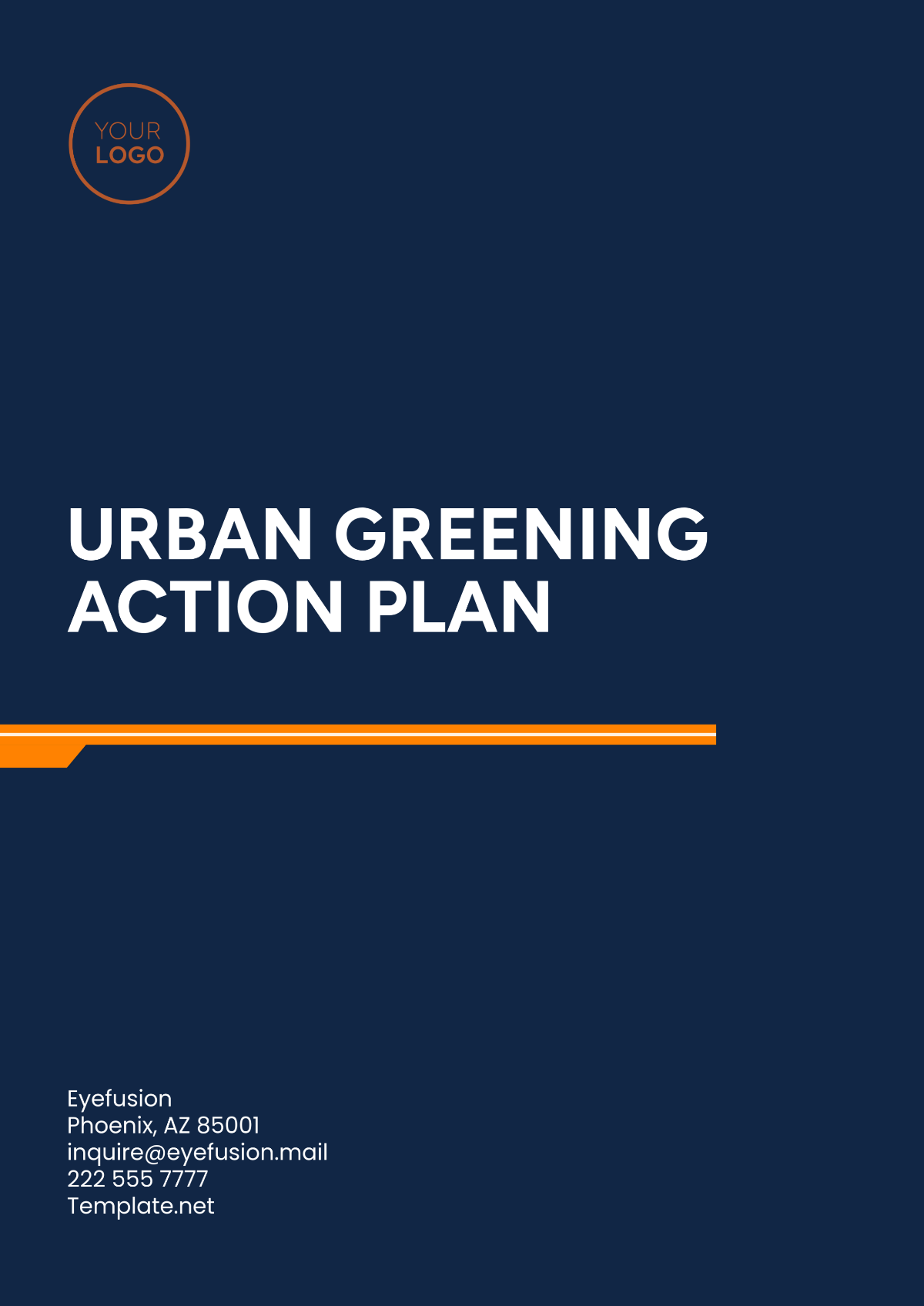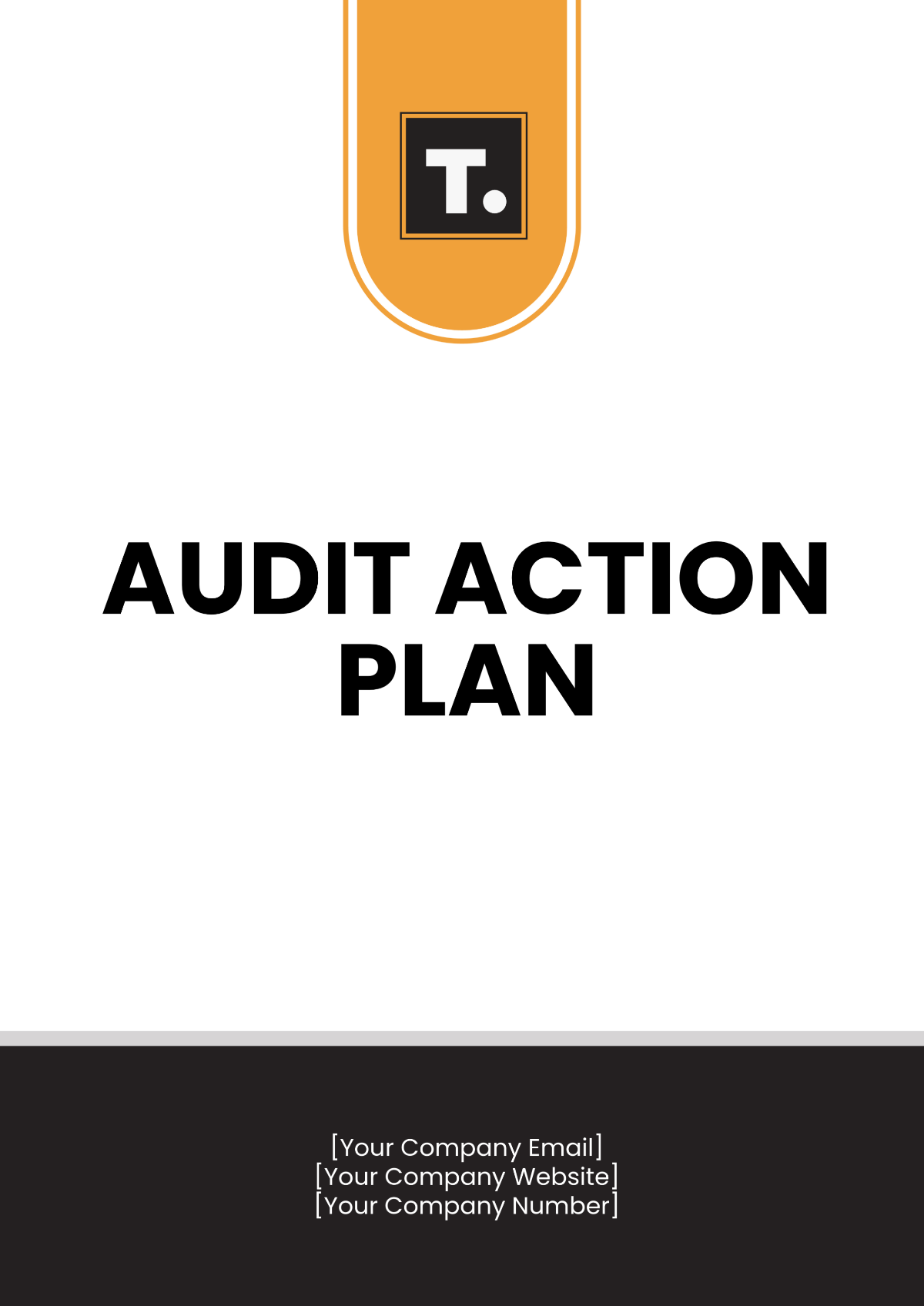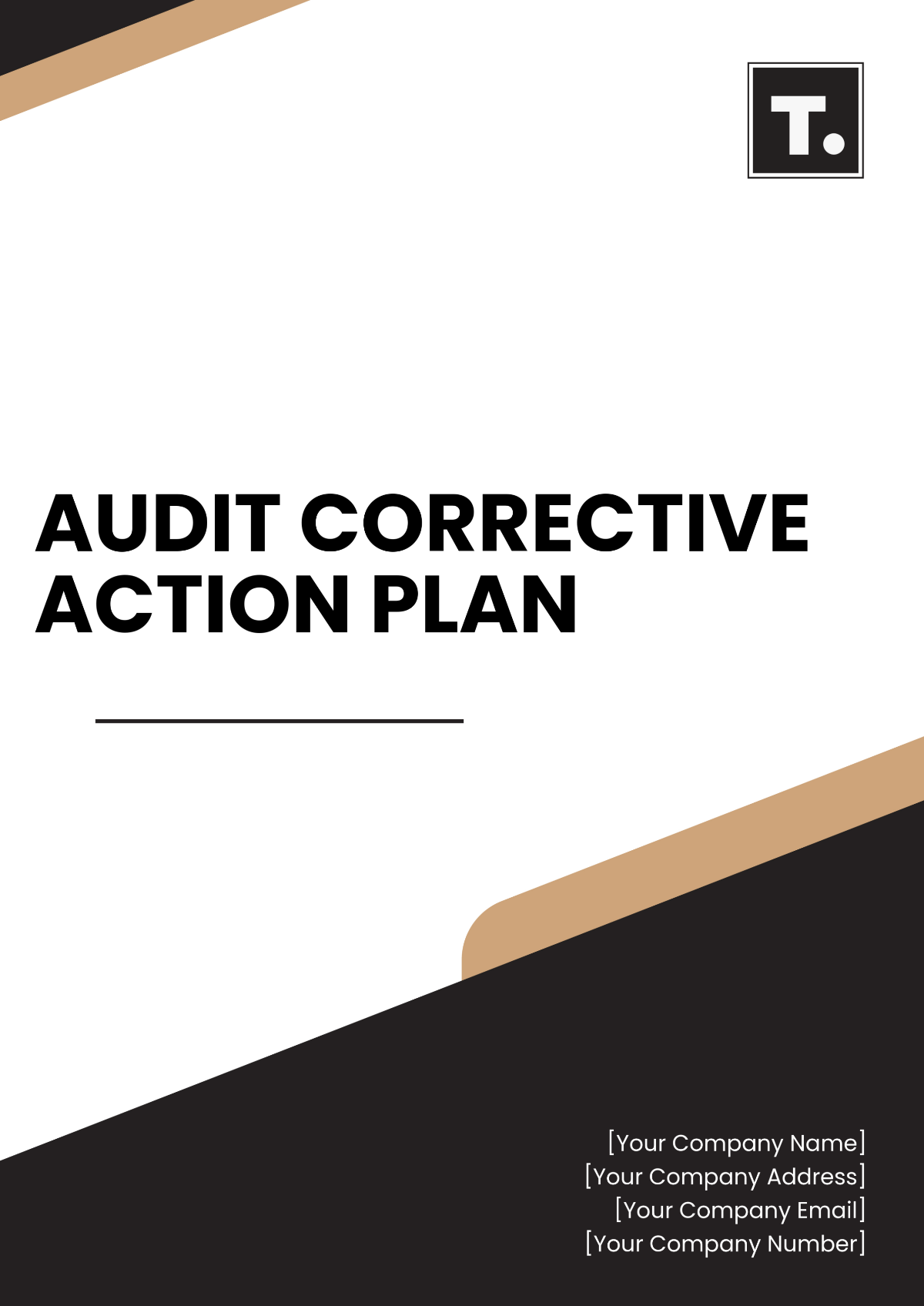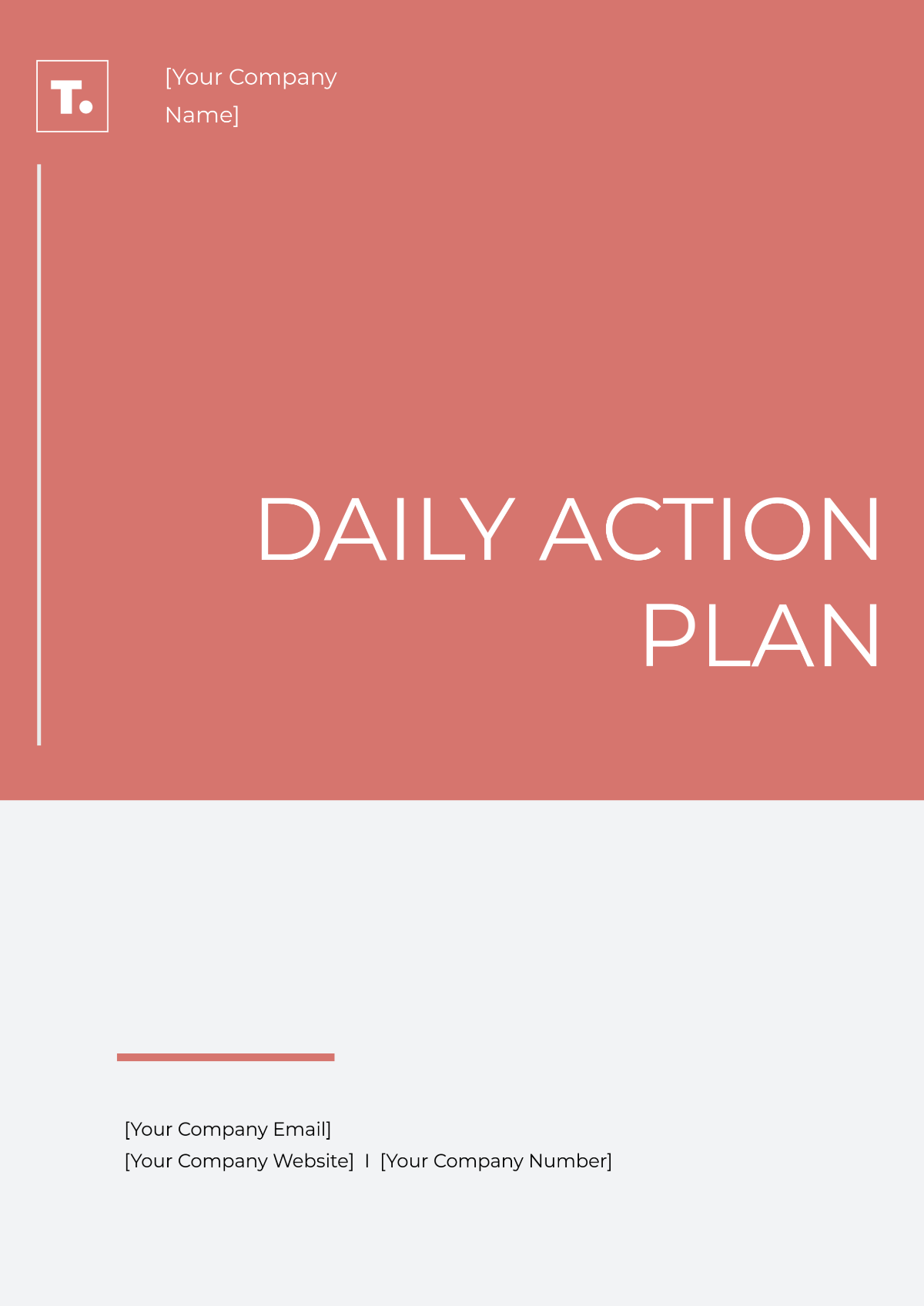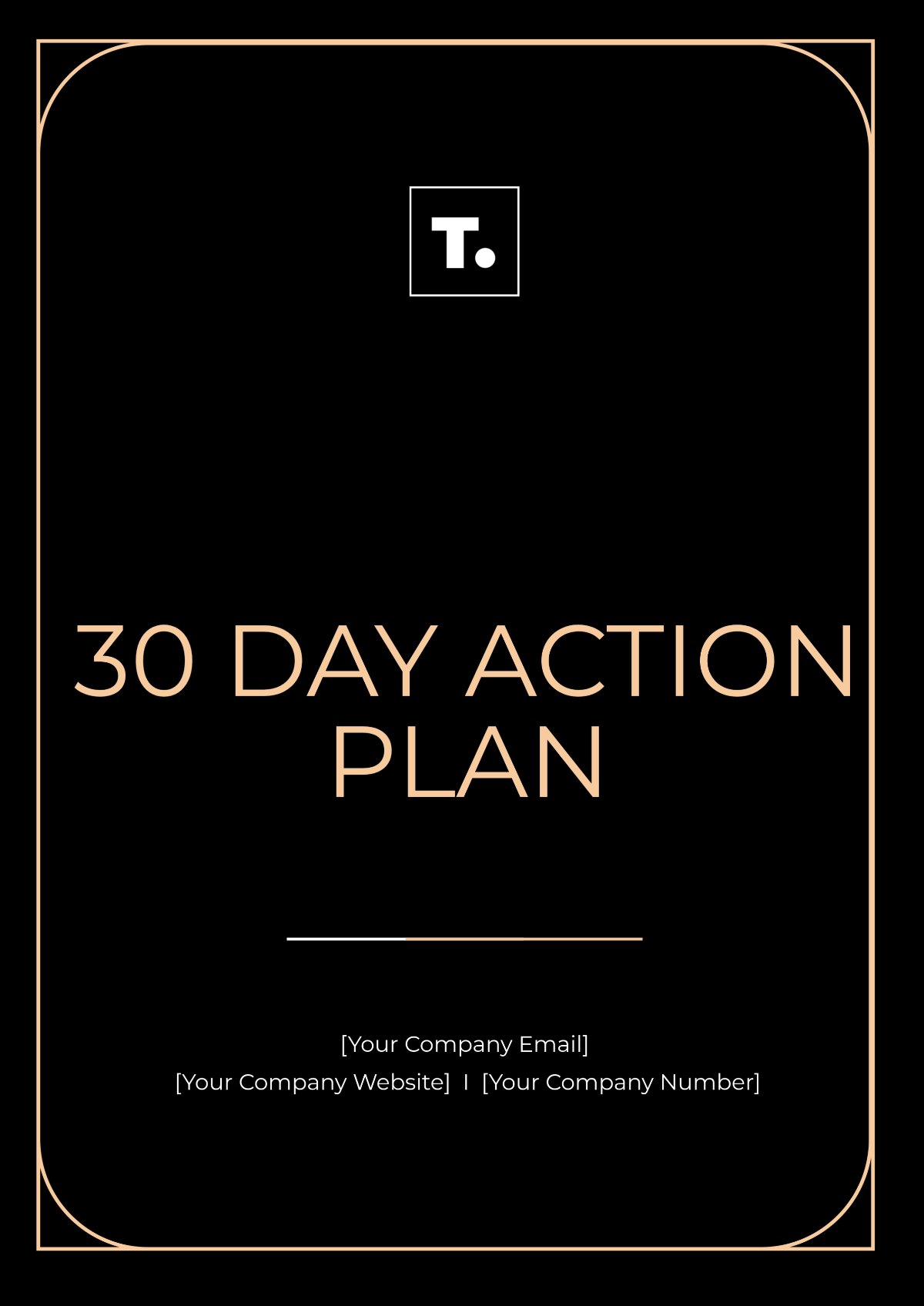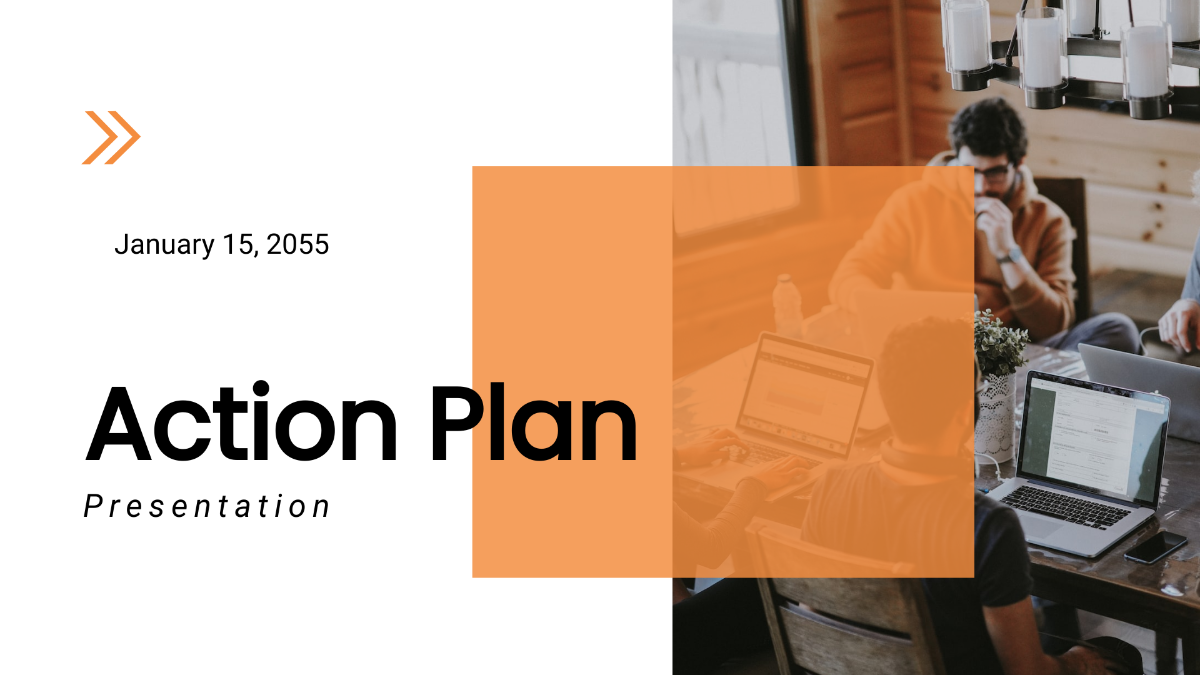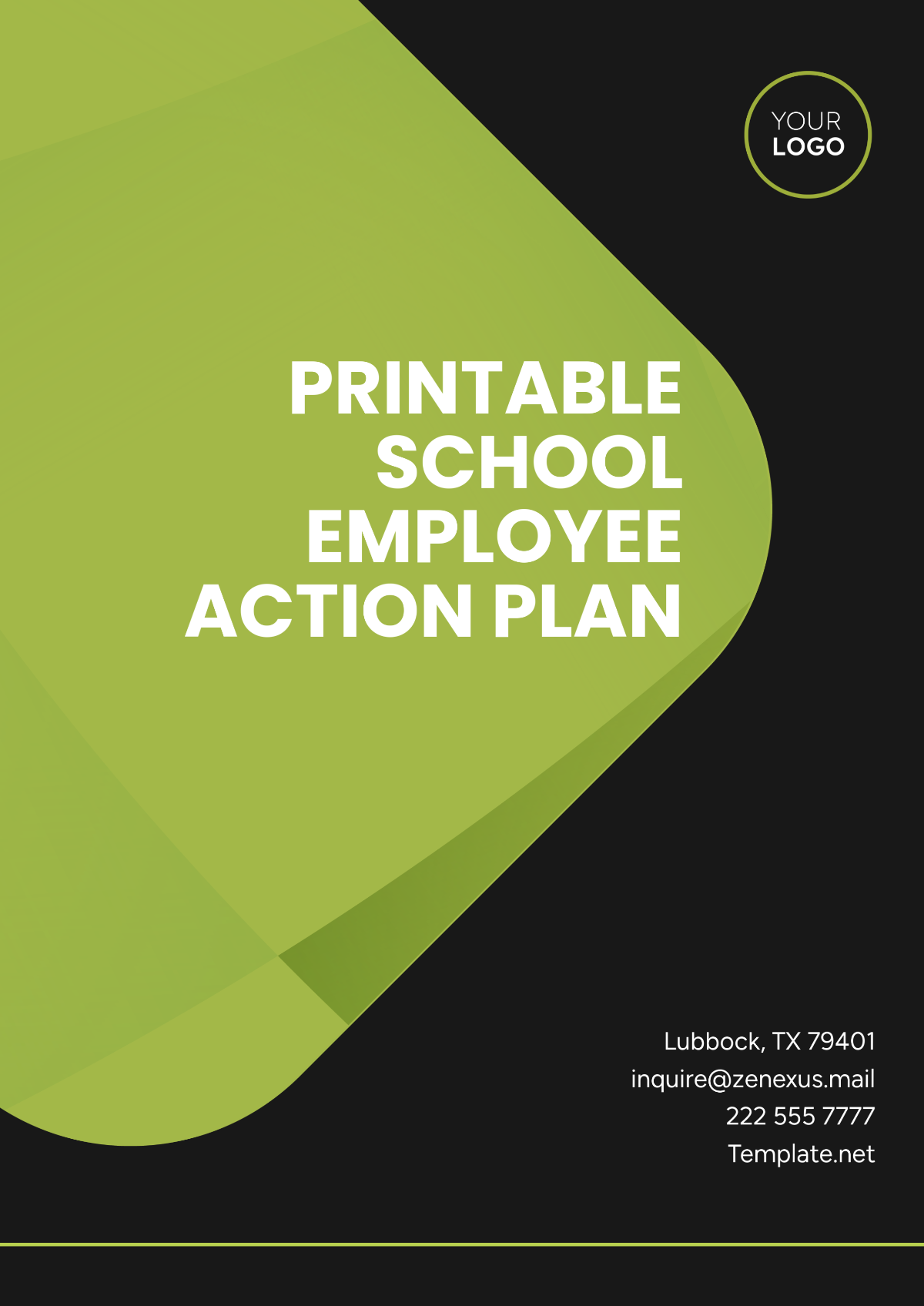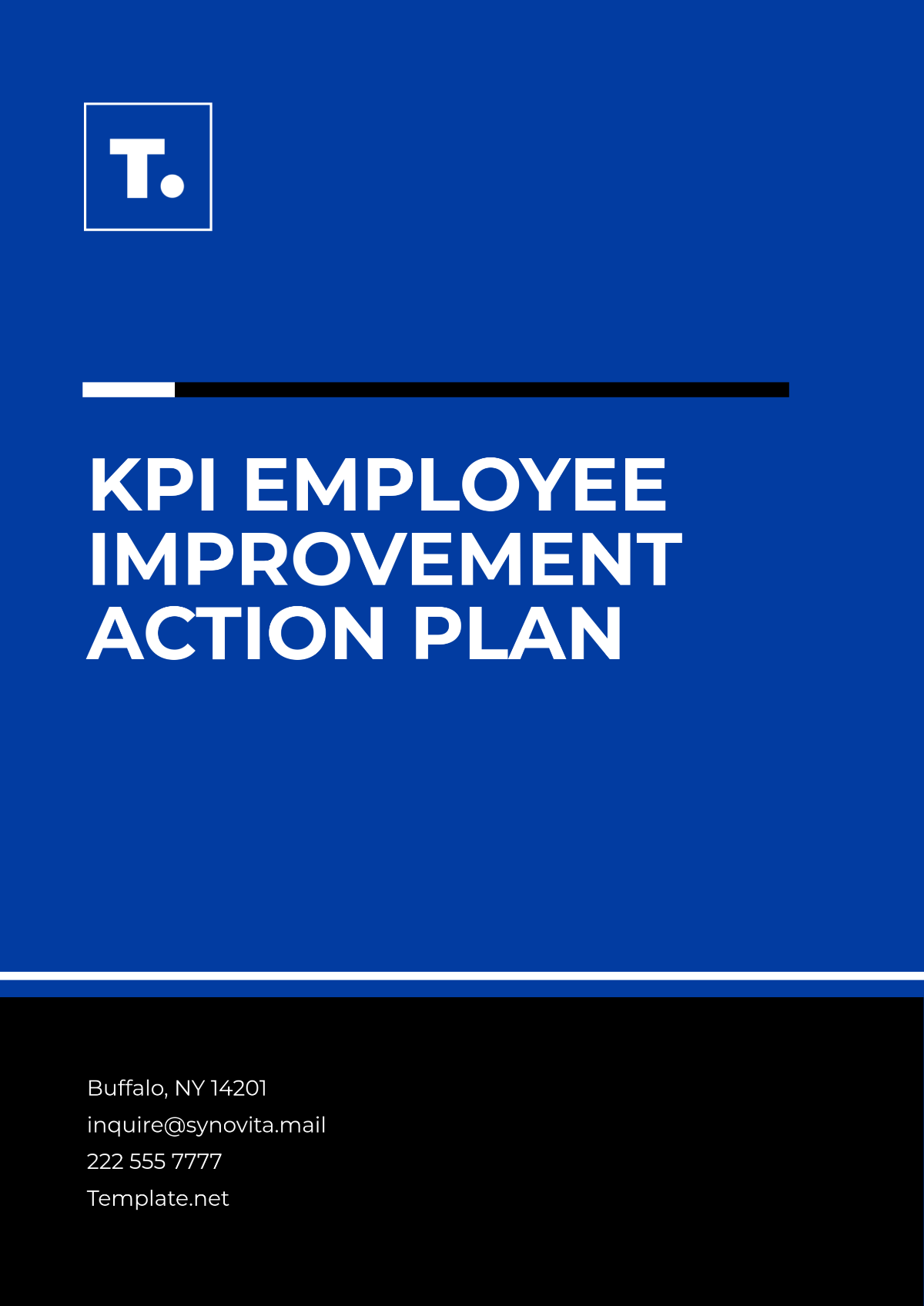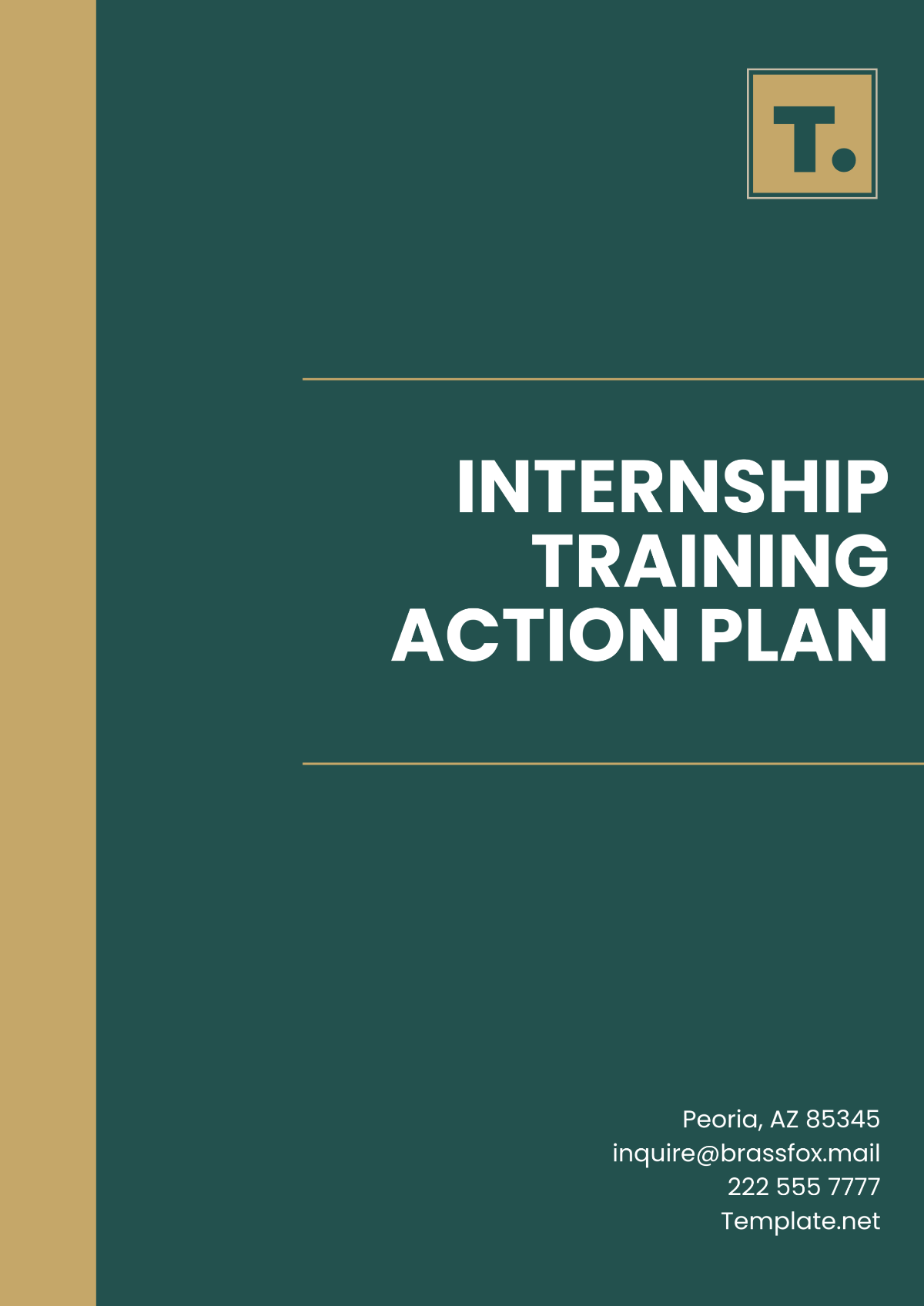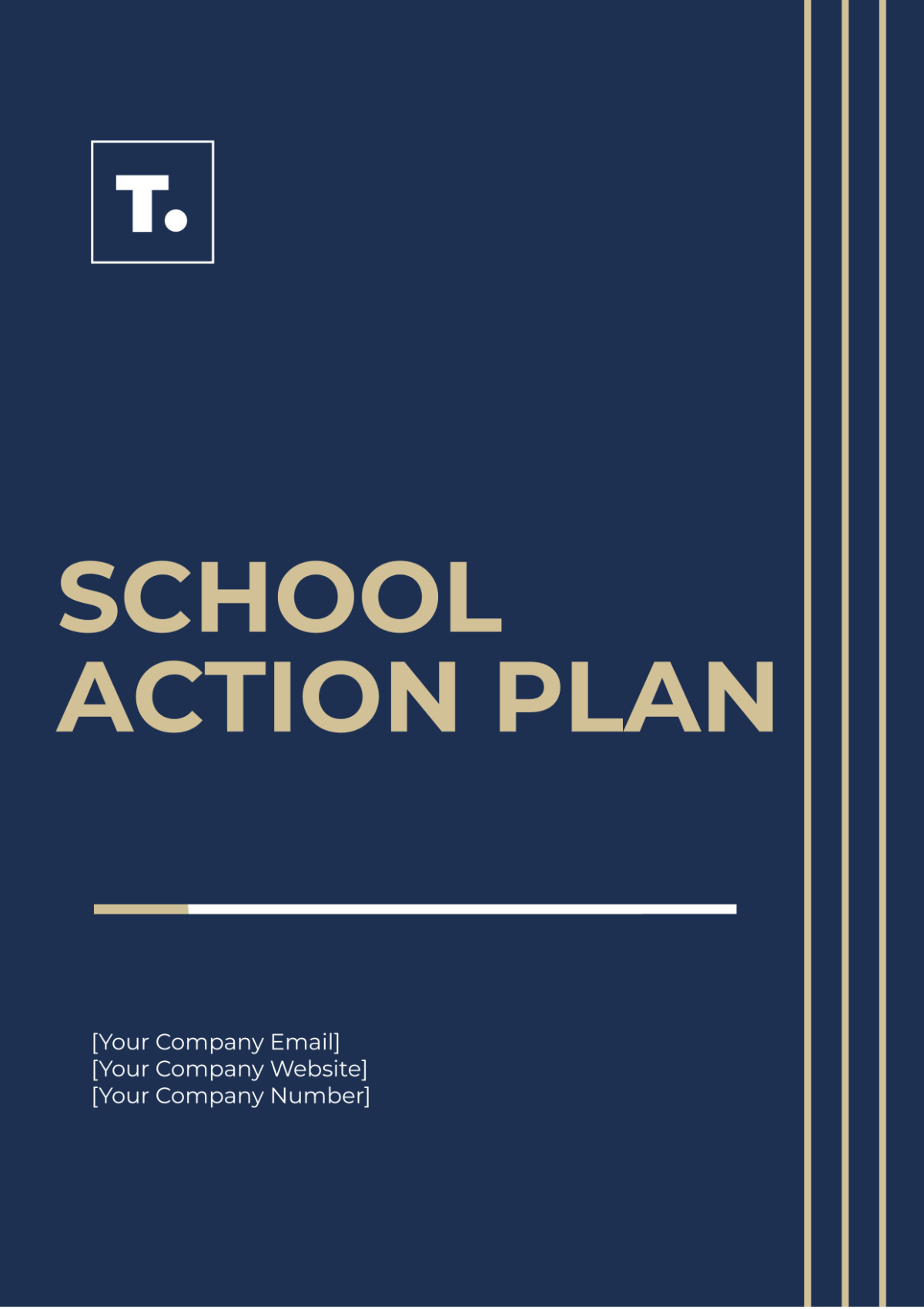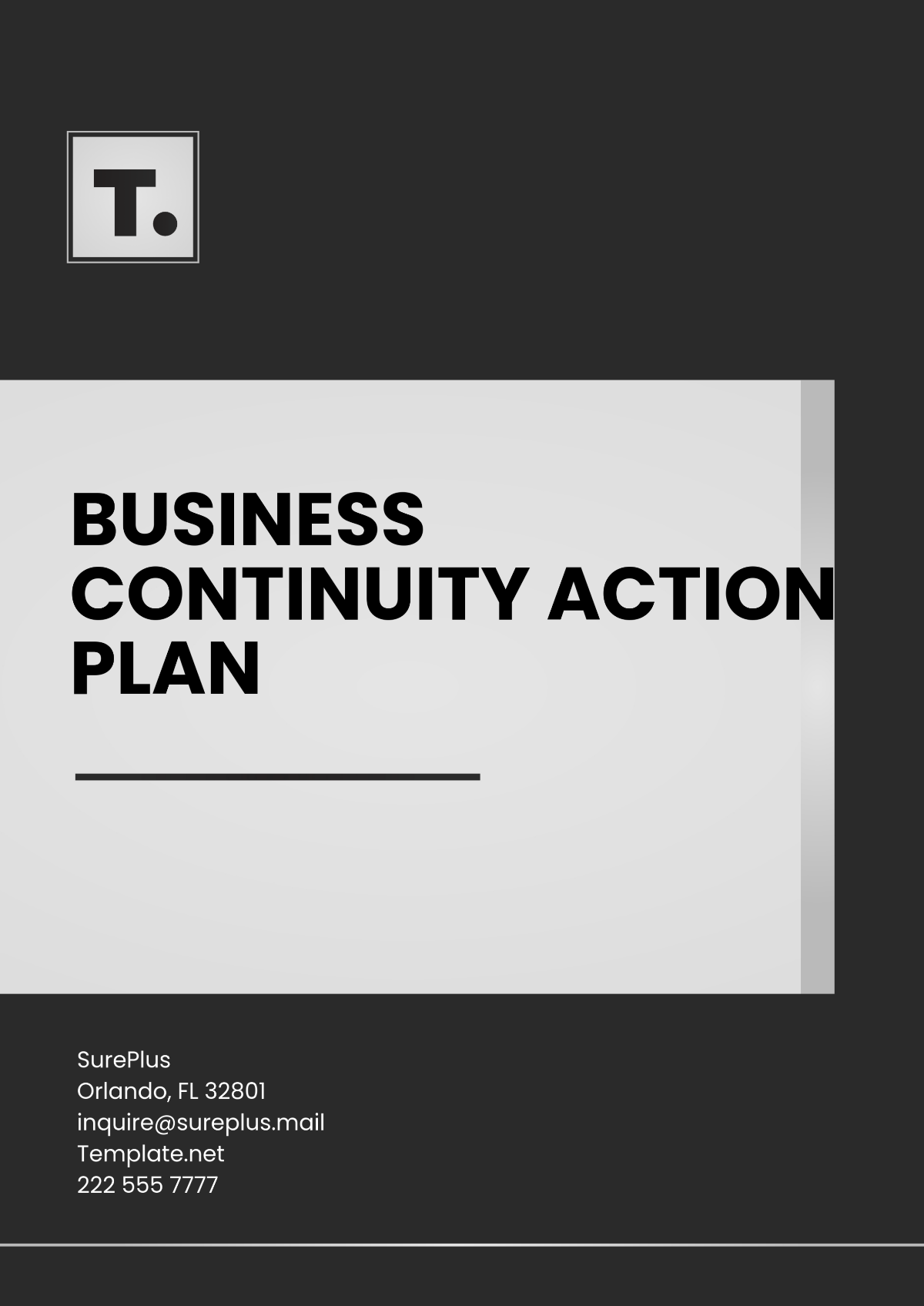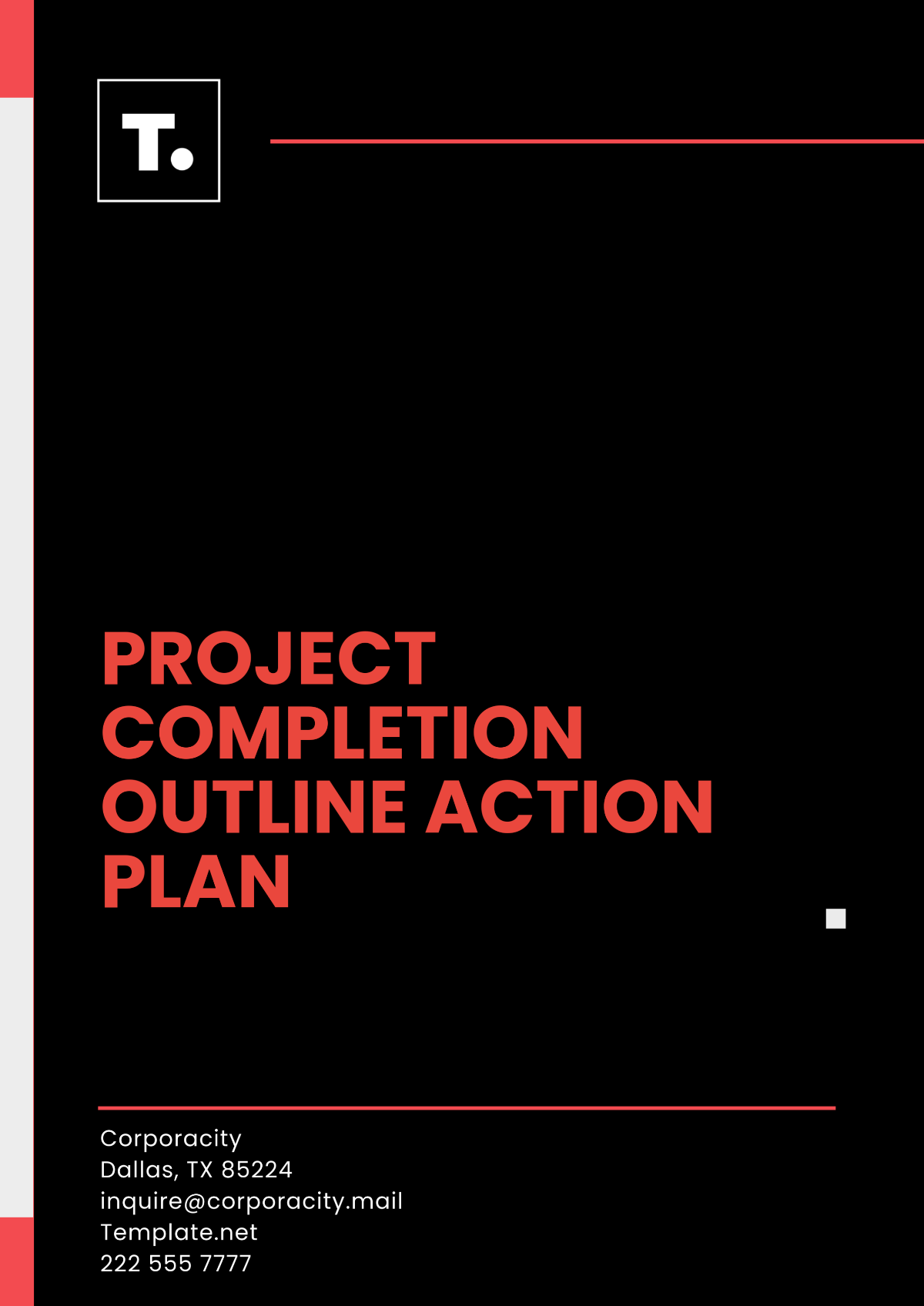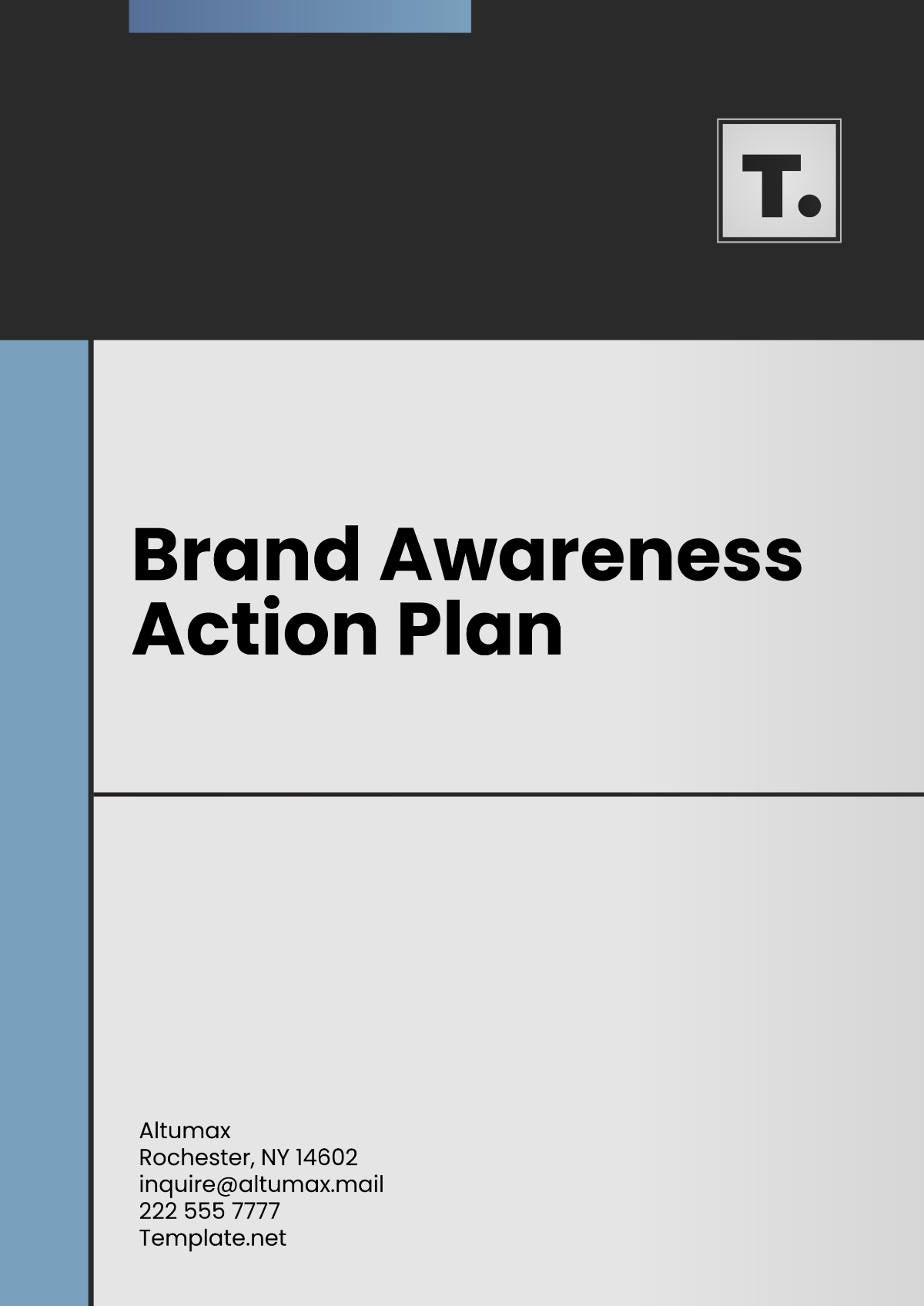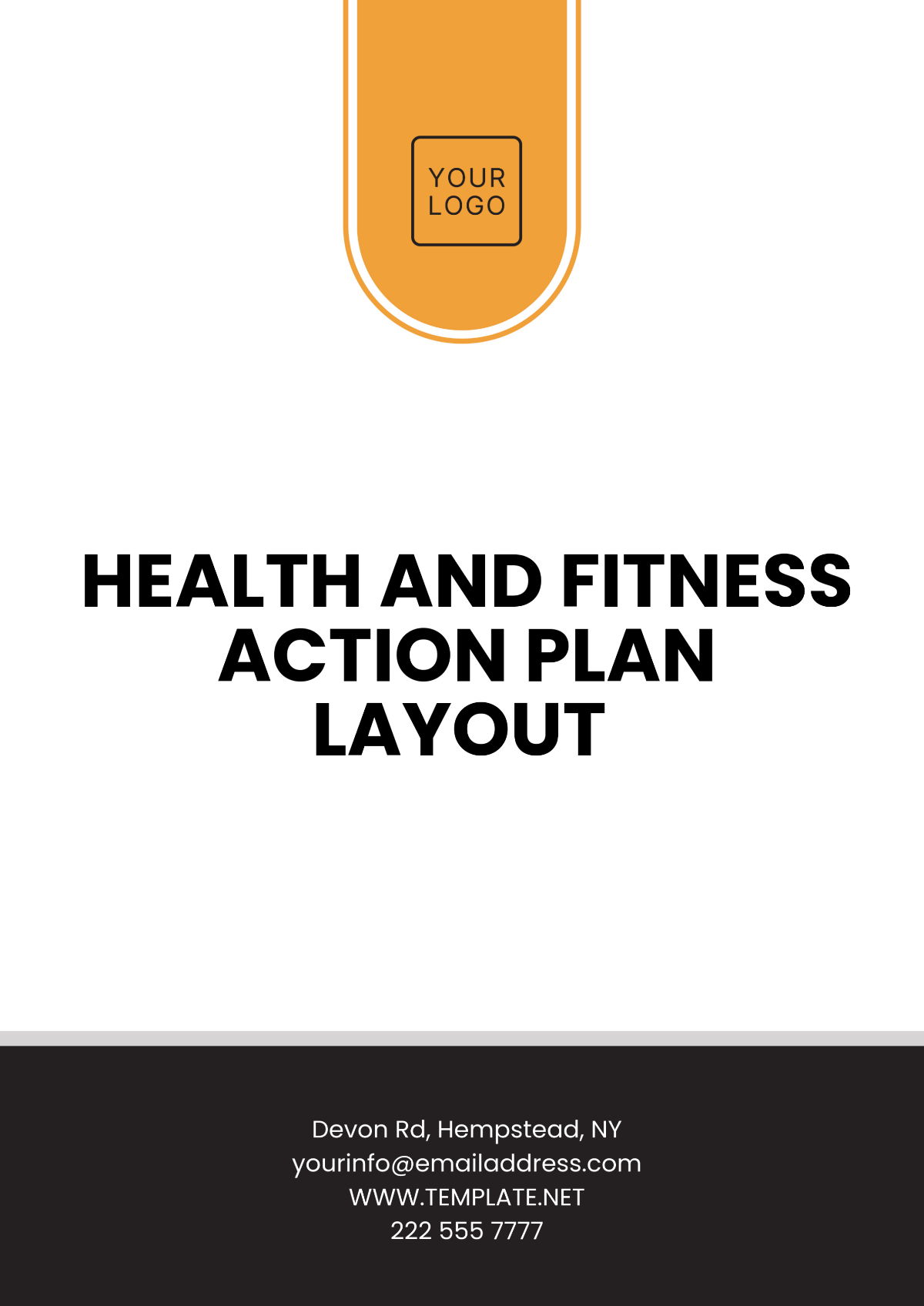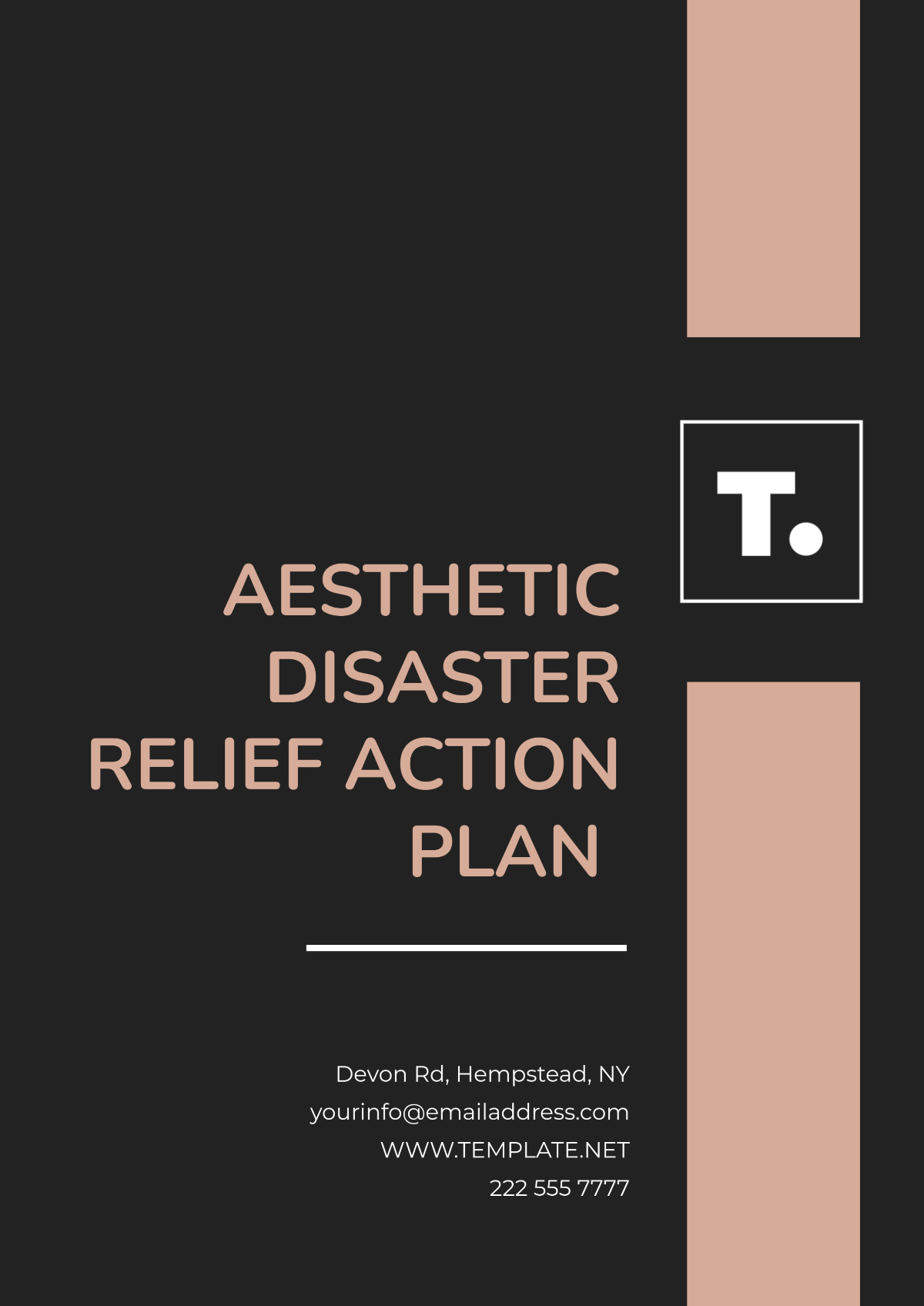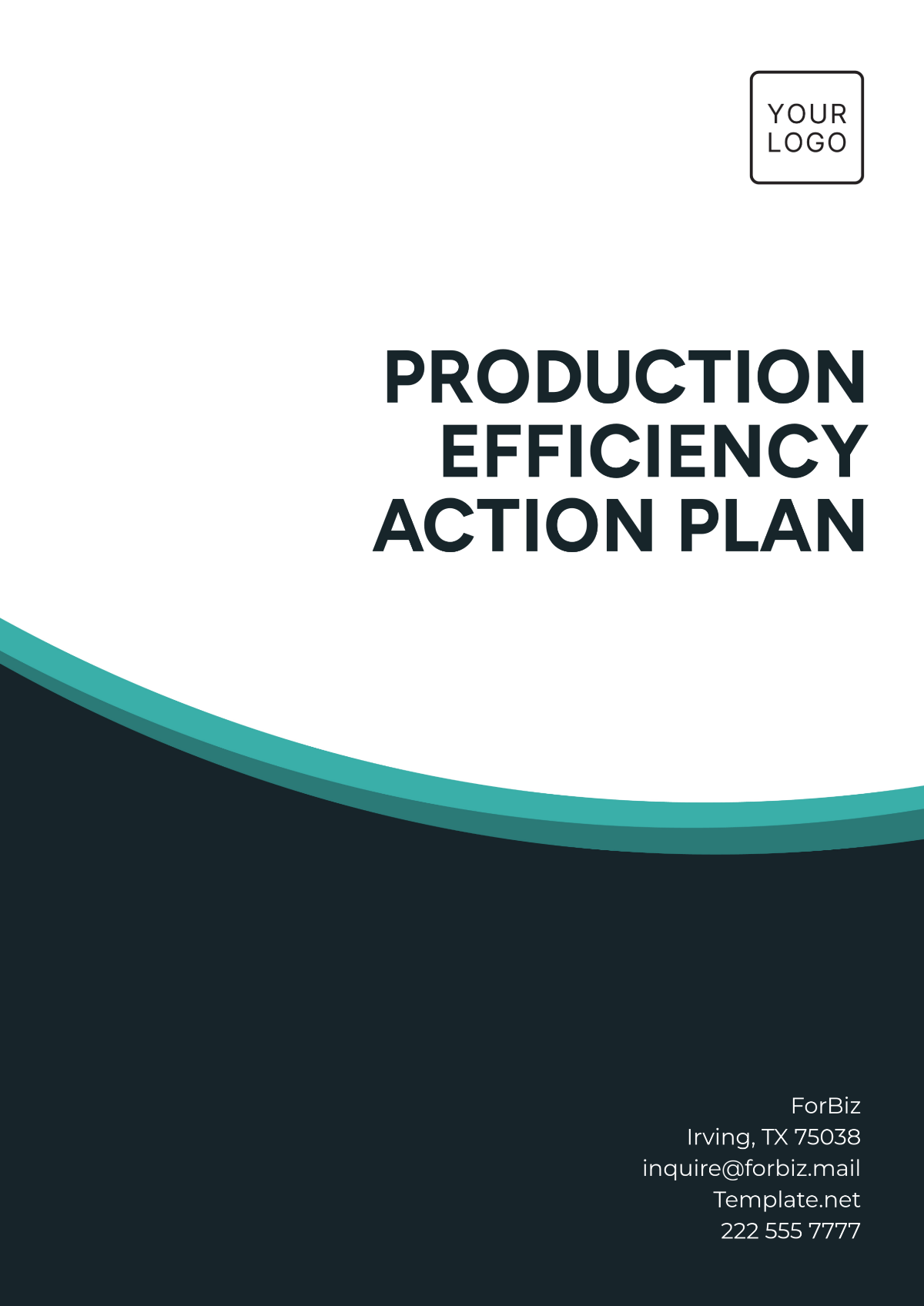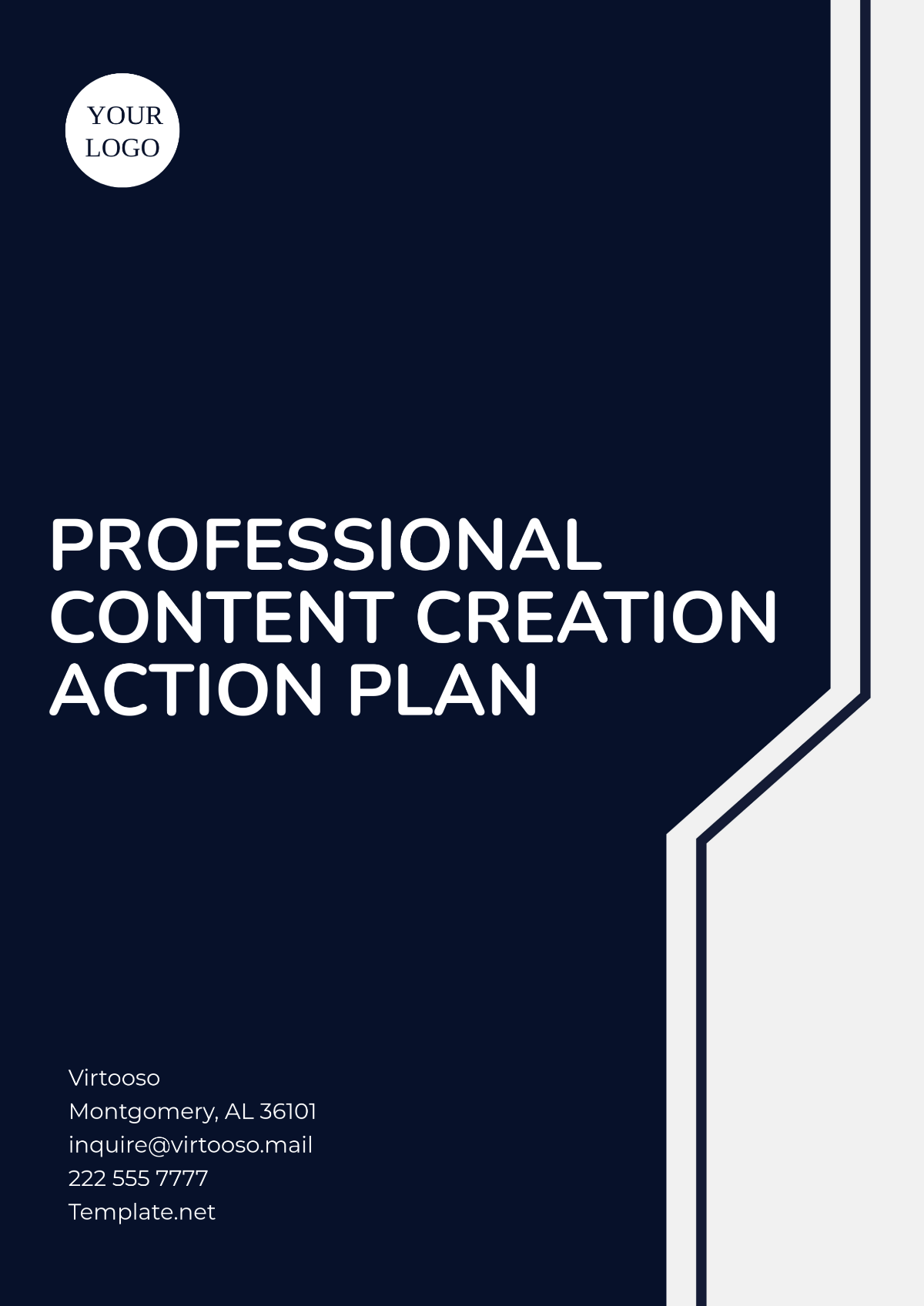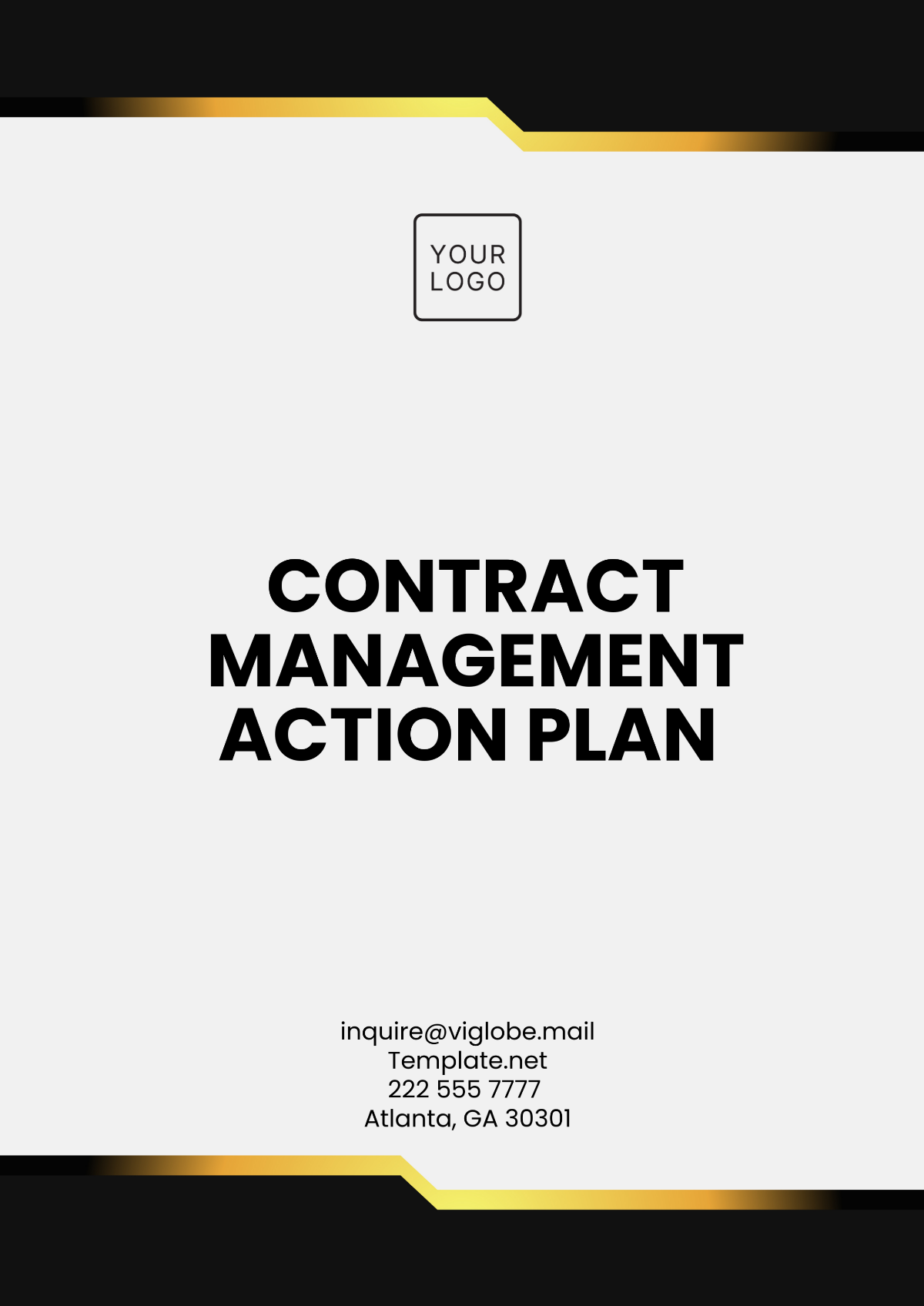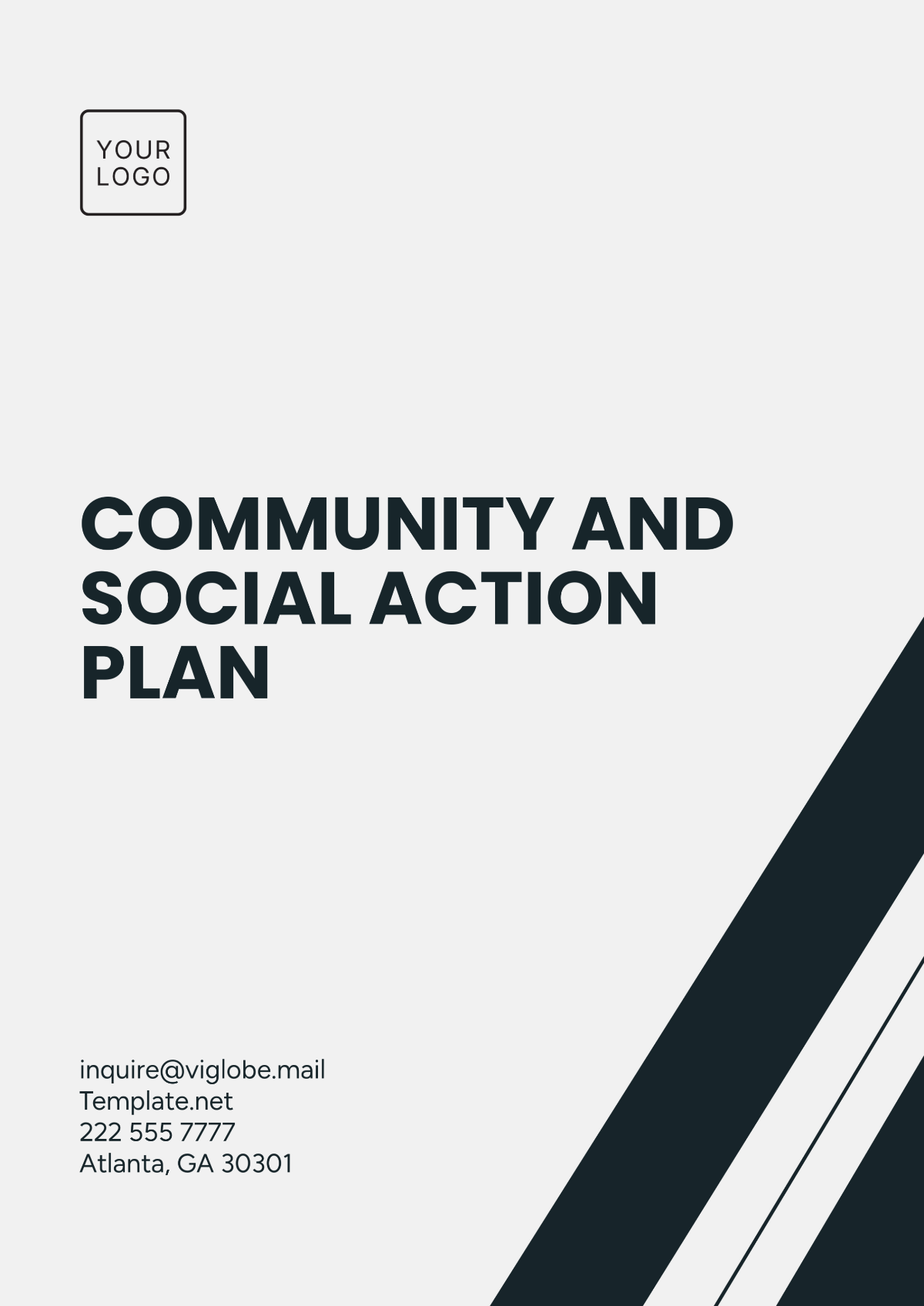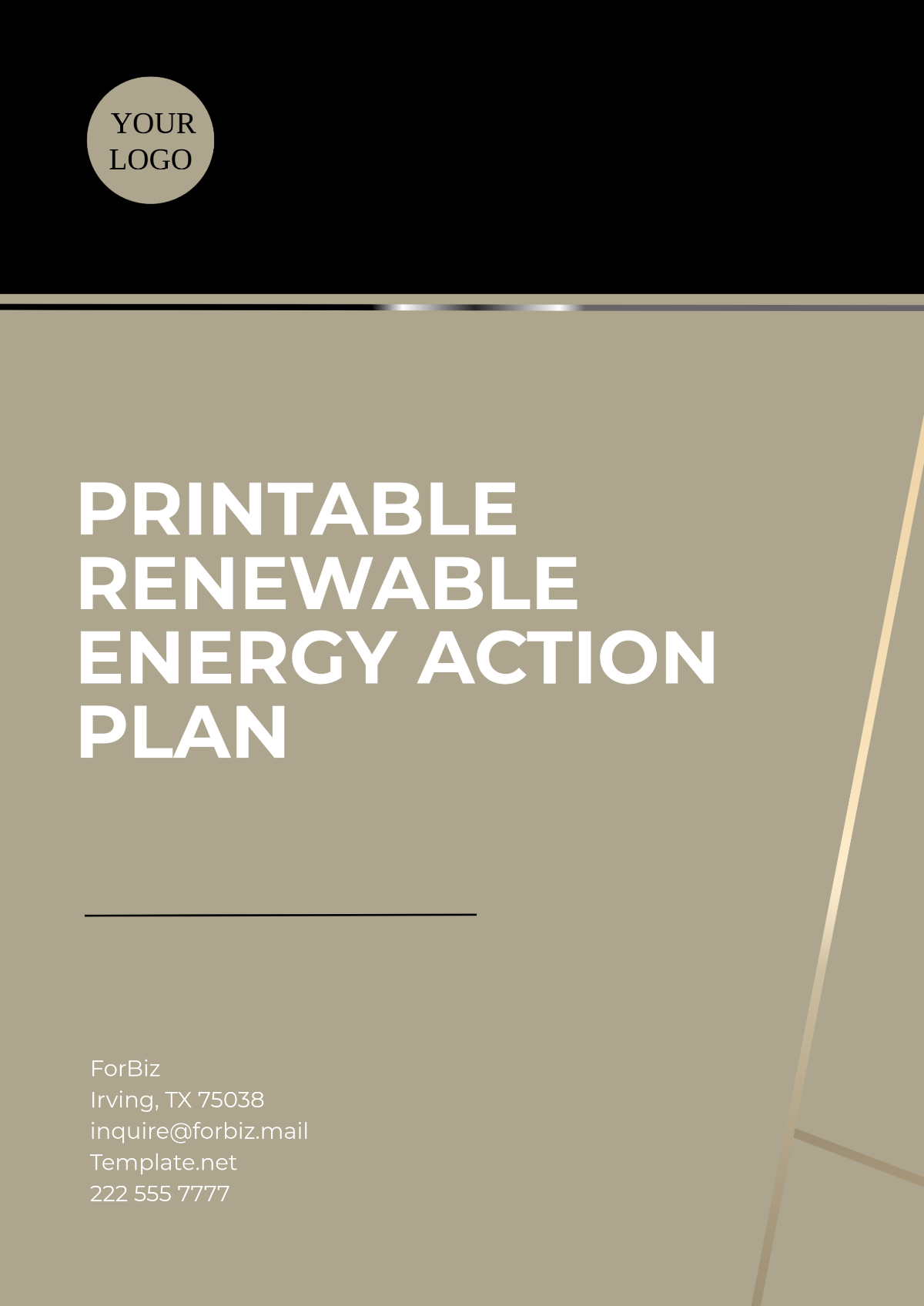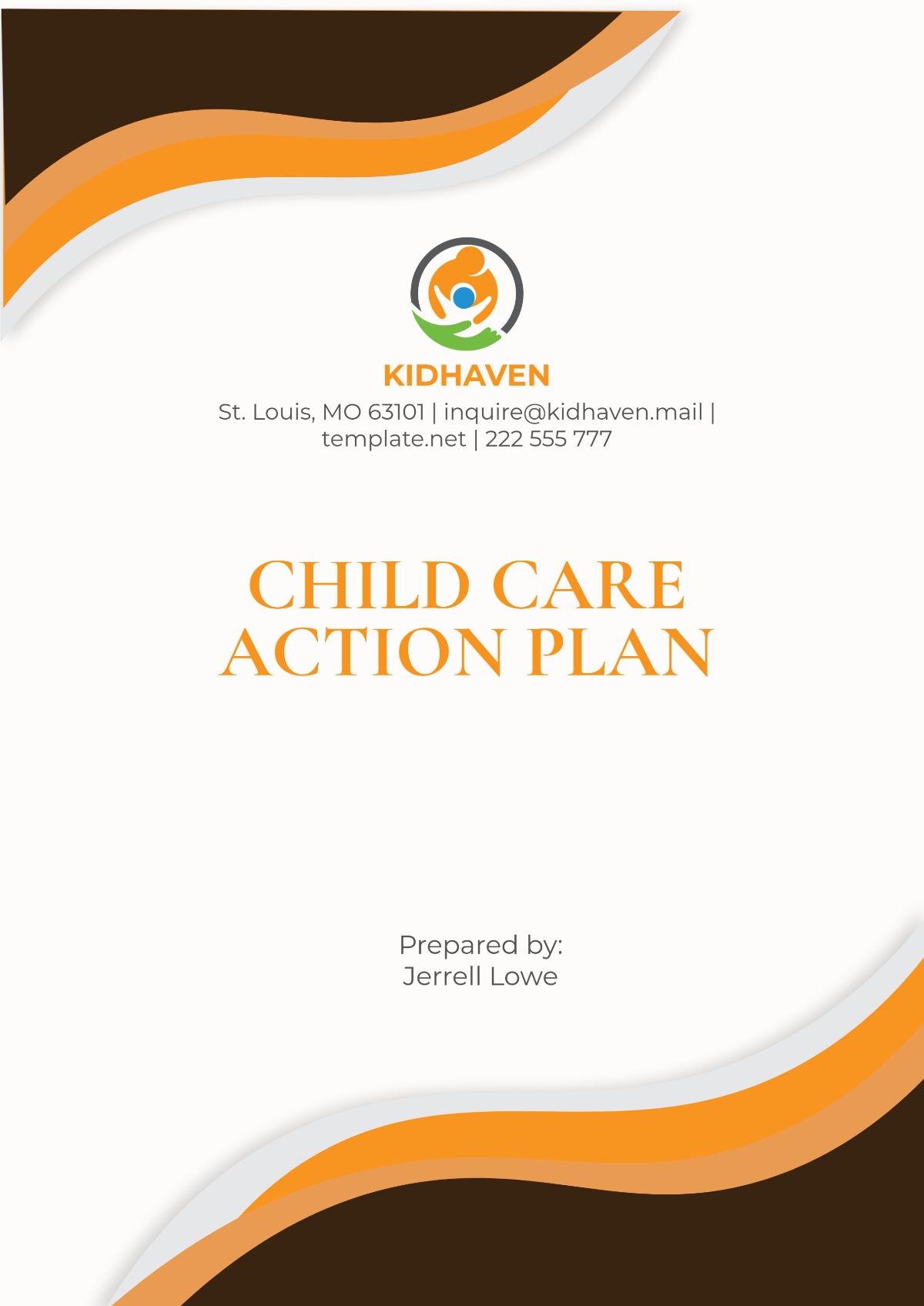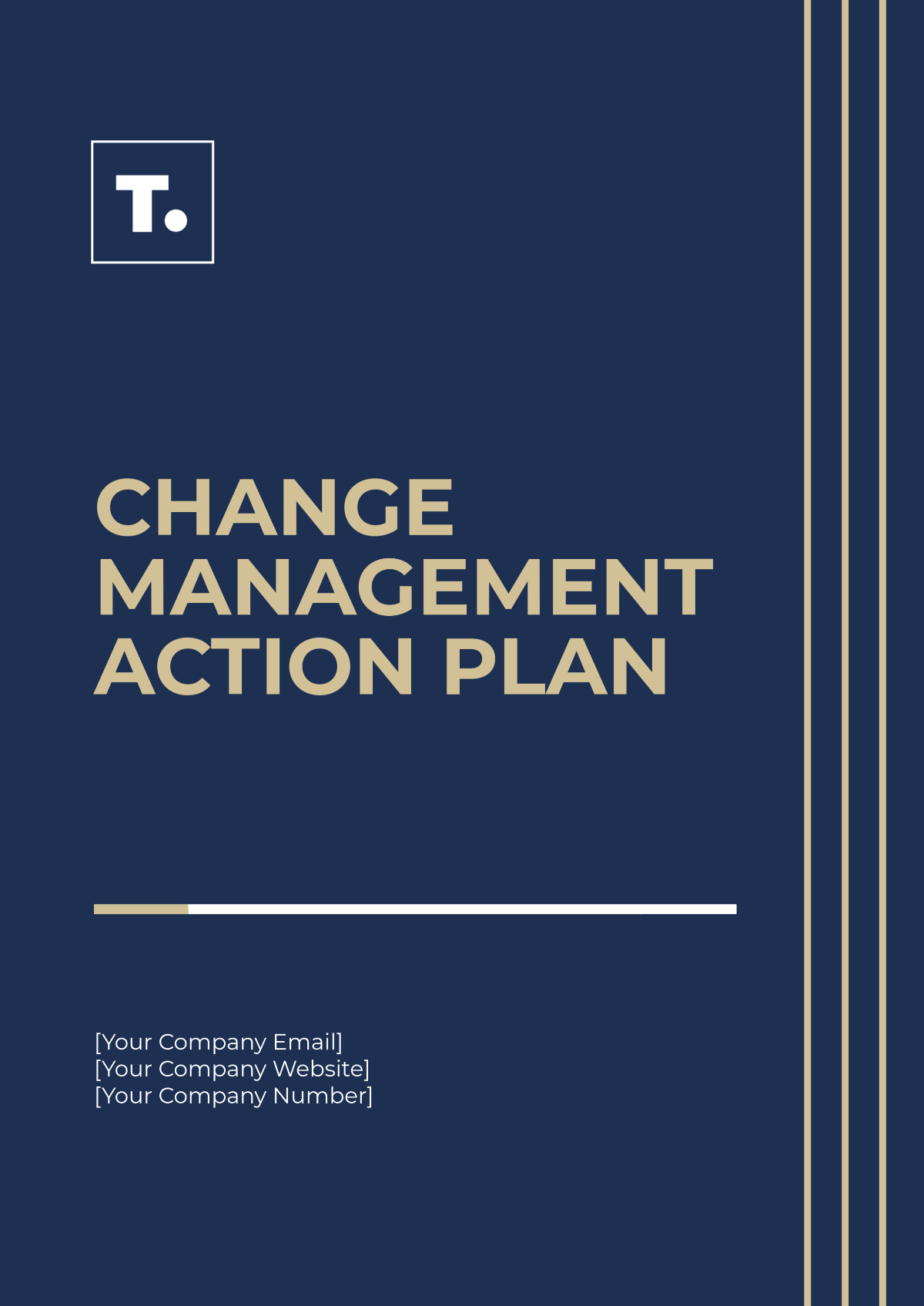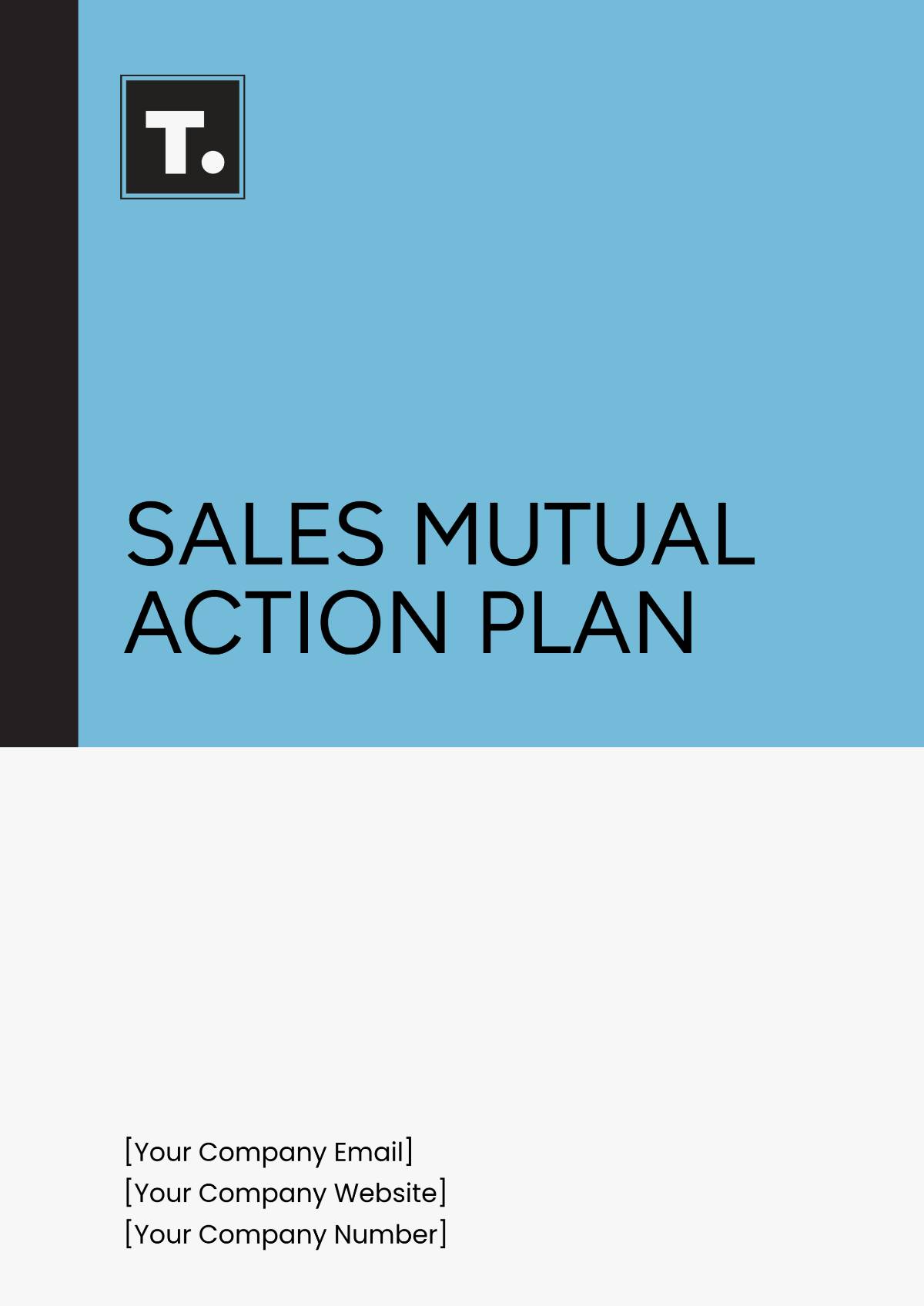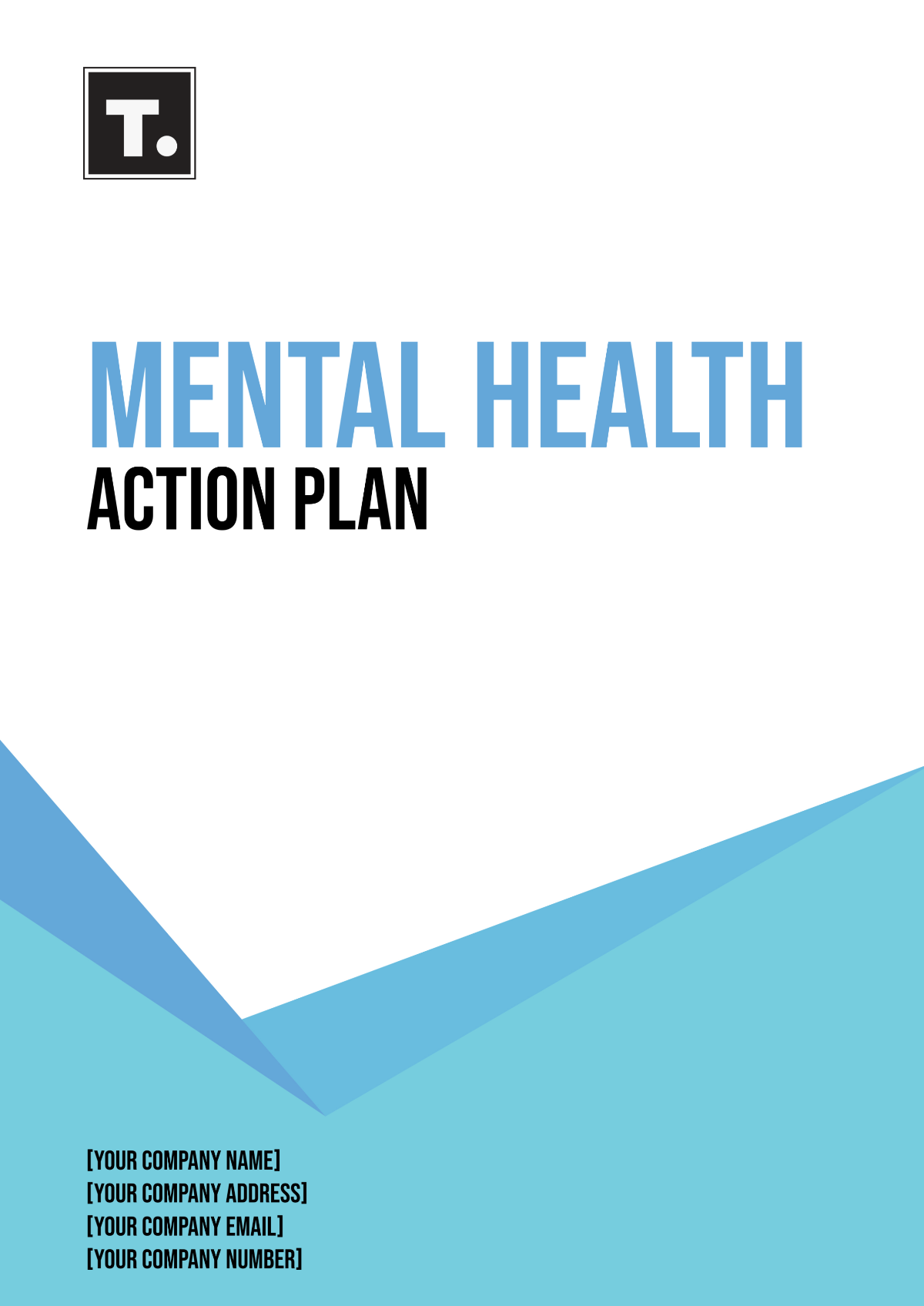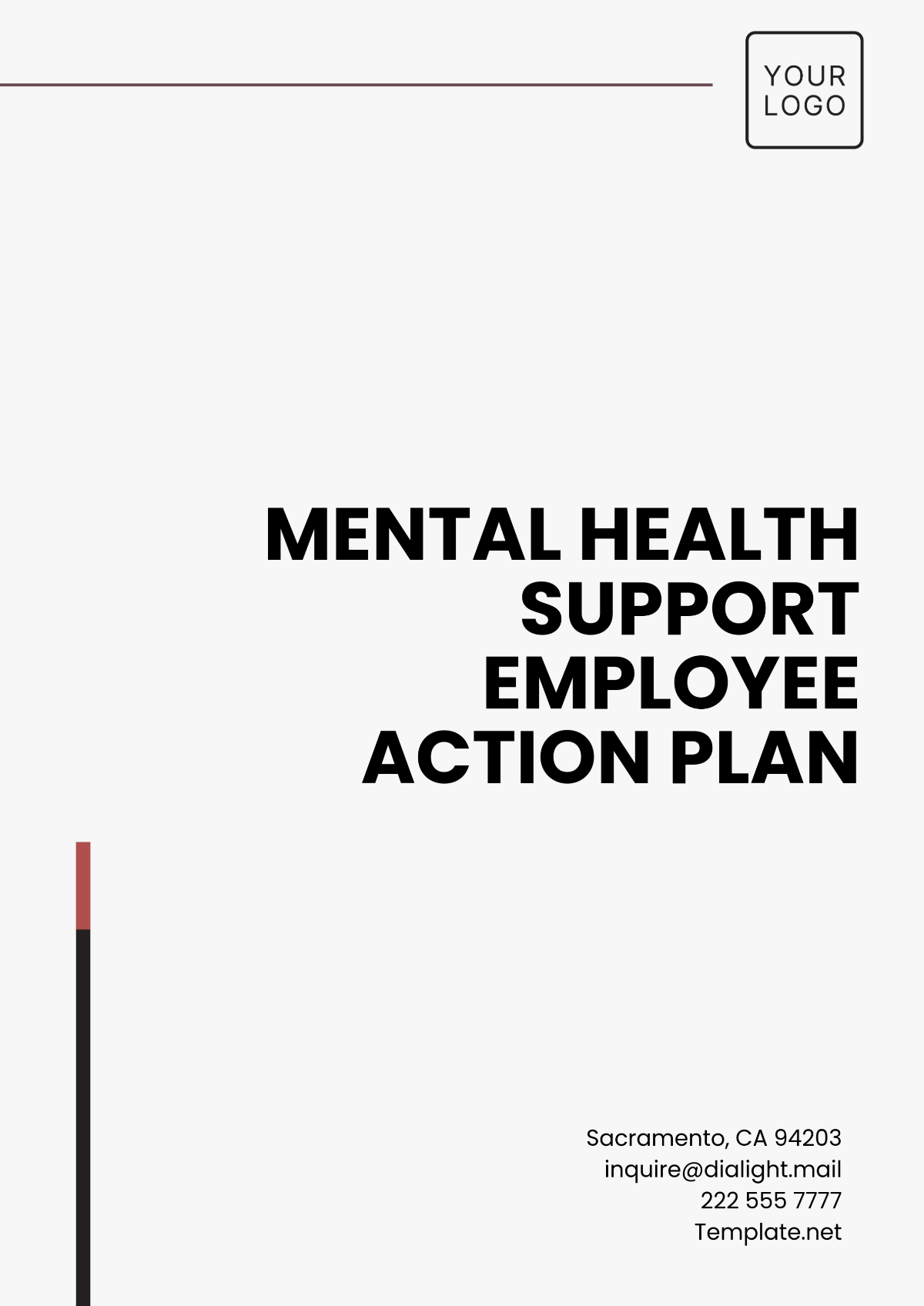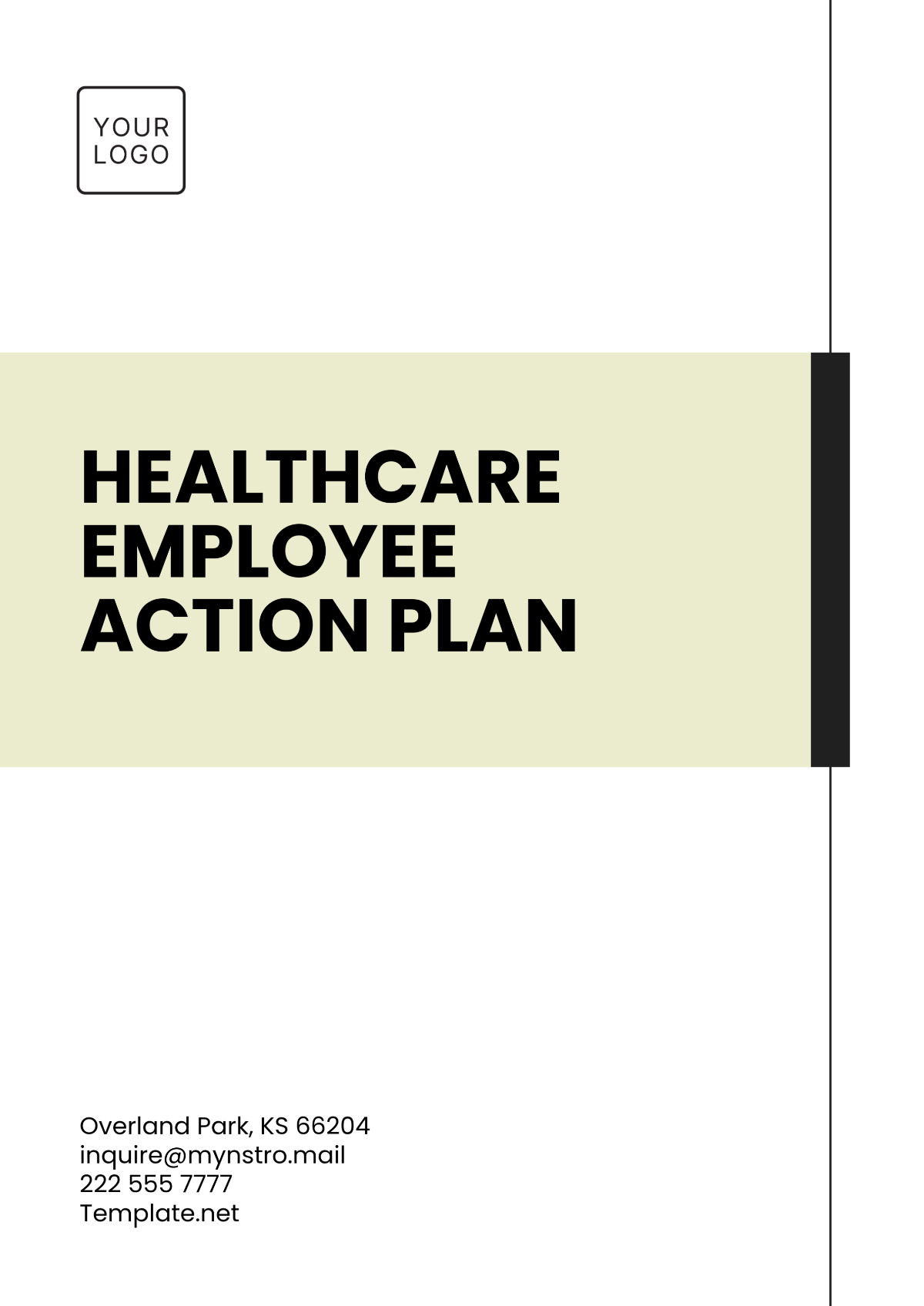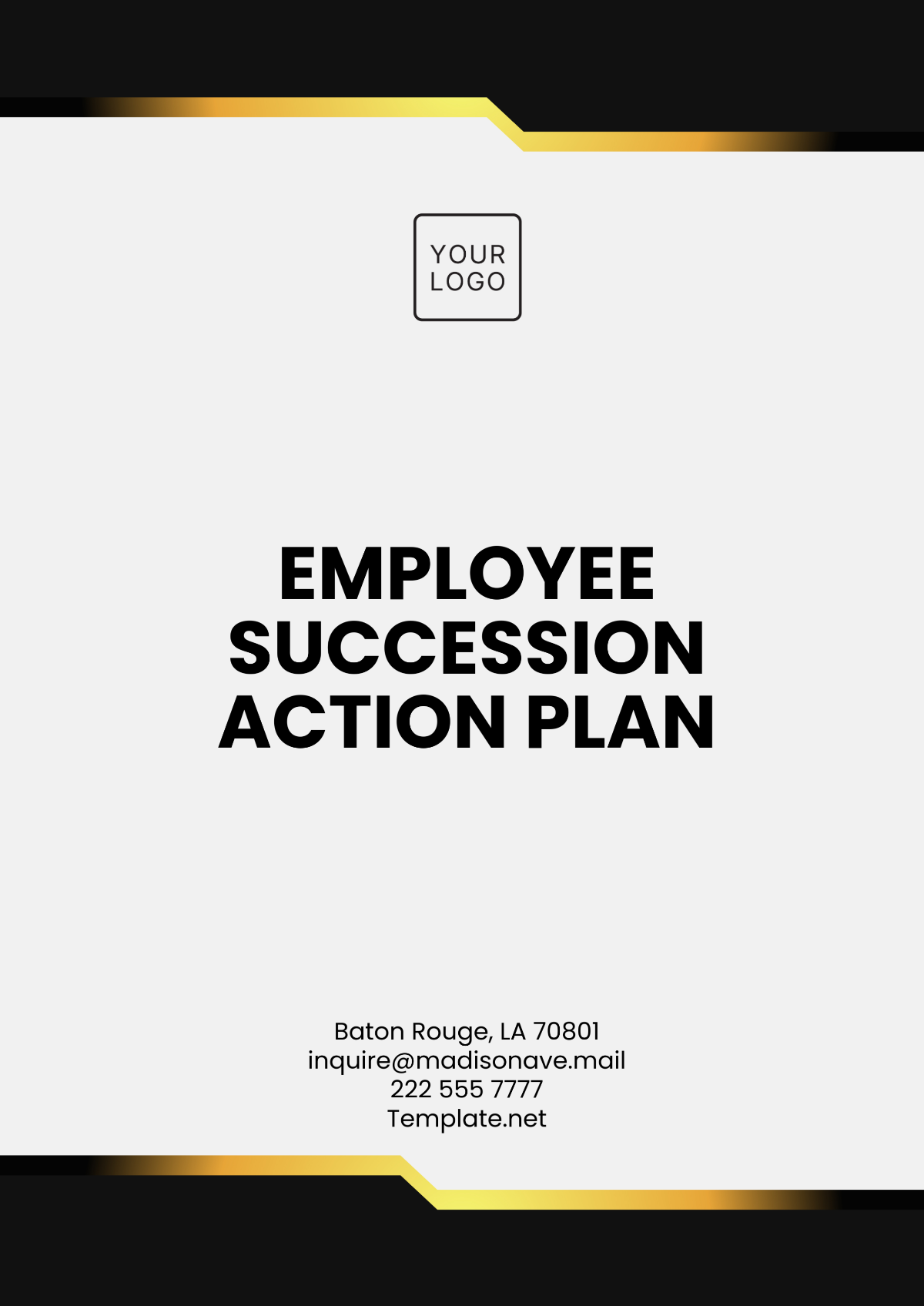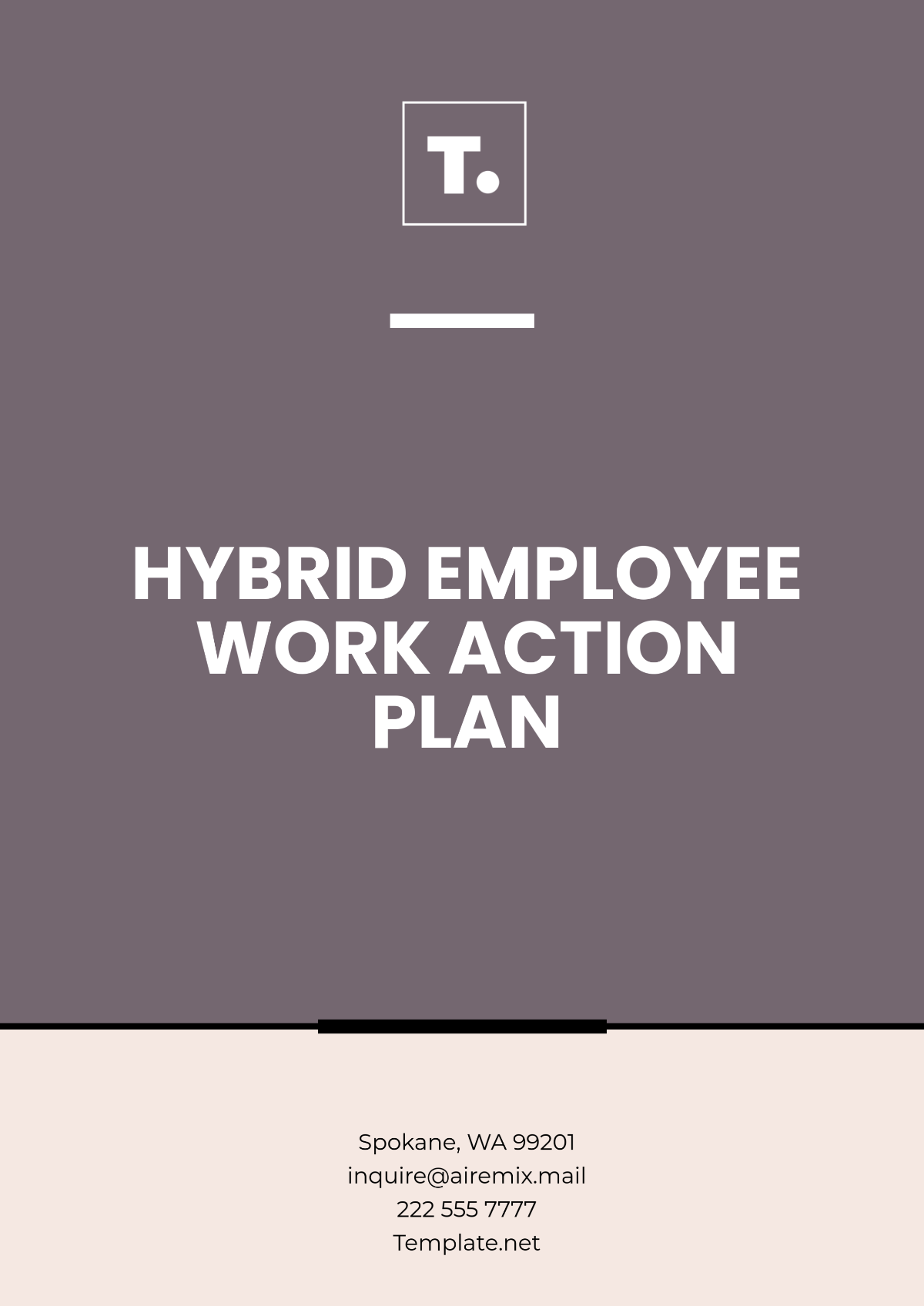Uniform Planning Format
I. EXECUTIVE SUMMARY
PURPOSE: Briefly state the objective of this plan.
SUMMARY OF BUSINESS: Describe what [YOUR COMPANY NAME] does and the key problem it solves or opportunity it addresses.
GOALS: List the overarching goals this plan aims to achieve.
II. COMPANY OVERVIEW
COMPANY NAME: [YOUR COMPANY NAME]
FOUNDER: [YOUR NAME]
DATE ESTABLISHED: [DATE]
LOCATION: [COMPANY LOCATION]
MISSION STATEMENT: [INSERT MISSION STATEMENT HERE]
III. INDUSTRY ANALYSIS
MARKET OVERVIEW: Provide a snapshot of the industry, including current trends and projected growth.
TARGET MARKET: Define the primary market, including demographics, location, and needs.
COMPETITIVE ANALYSIS: Identify key competitors and their strengths and weaknesses relative to [YOUR COMPANY NAME].
IV. PRODUCTS AND SERVICES
PRODUCT/SERVICE DESCRIPTION: Briefly describe the products or services offered.
UNIQUE VALUE PROPOSITION: Explain what sets [YOUR COMPANY NAME]’s offerings apart from competitors.
V. MARKETING PLAN
MARKETING STRATEGY: Outline the primary marketing strategies, such as online advertising, content marketing, or partnerships.
PRICING STRATEGY: Detail the pricing model and rationale.
PROMOTION PLAN: Describe how you plan to promote the products/services.
VI. OPERATIONS PLAN
DAY-TO-DAY OPERATIONS: Explain daily operational processes.
LOCATION & FACILITIES: Detail the facilities and their purpose.
TECHNOLOGY AND EQUIPMENT: List any technology, tools, and equipment required.
VII. MANAGEMENT AND ORGANIZATION
ORGANIZATIONAL STRUCTURE: Describe the team structure, including leadership and key roles.
MANAGEMENT TEAM: Highlight the main team members, their roles, and their qualifications.
[YOUR NAME]’S ROLE: Define [YOUR NAME]'s role and contribution to the company.
VIII. FINANCIAL PLAN
START-UP COSTS: List initial costs or investments required.
REVENUE PROJECTIONS: Provide estimated revenue over a defined period.
EXPENSES: Outline expected operating costs.
PROFIT & LOSS FORECAST: Include a forecast to show projected profitability.
IX. ACTION PLAN
SHORT-TERM GOALS: Detail immediate goals and deadlines.
LONG-TERM GOALS: Define the vision for the company over a longer term.
KEY MILESTONES: List significant milestones and target completion dates.
X. APPENDICES
ADDITIONAL DOCUMENTS: Include any other documents or data that support the business plan, such as charts, tables, and research findings.

